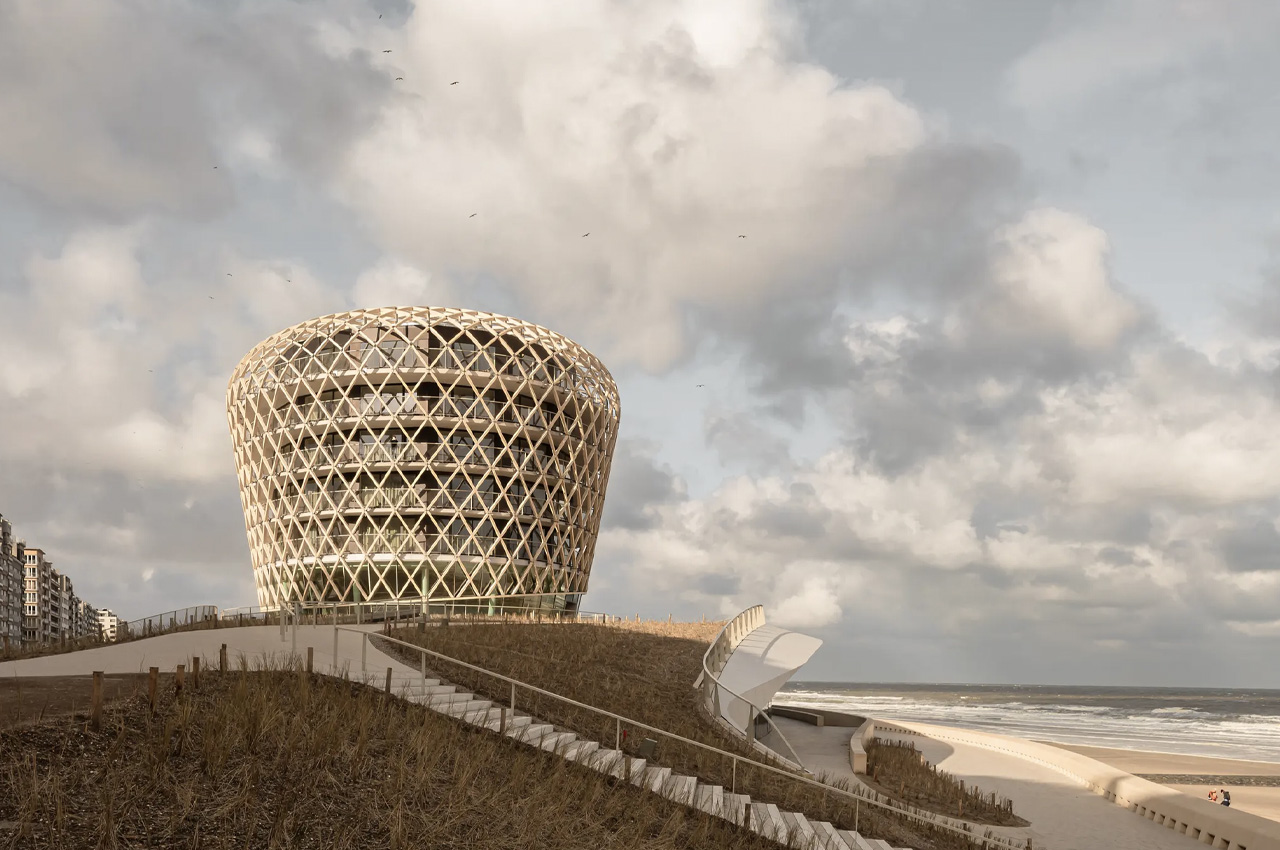
This extraordinary structure is known as the Silt. It is designed to be a massive boulder gently rising out of an artificial sand dune. It is designed by ZJA and is inspired by the Belgian coastal landscape. The impressive structure can withstand a harsh beating from nature and can tackle rising seas and extreme storms as well. The structure was first revealed in 2020 and draws inspiration from the Testerep – an island that was located close to the coast of Middelkerke, Belgium in the Middle Ages. As time passed, this island became connected to the mainland through embankments and sea defenses.
Designer: ZJA
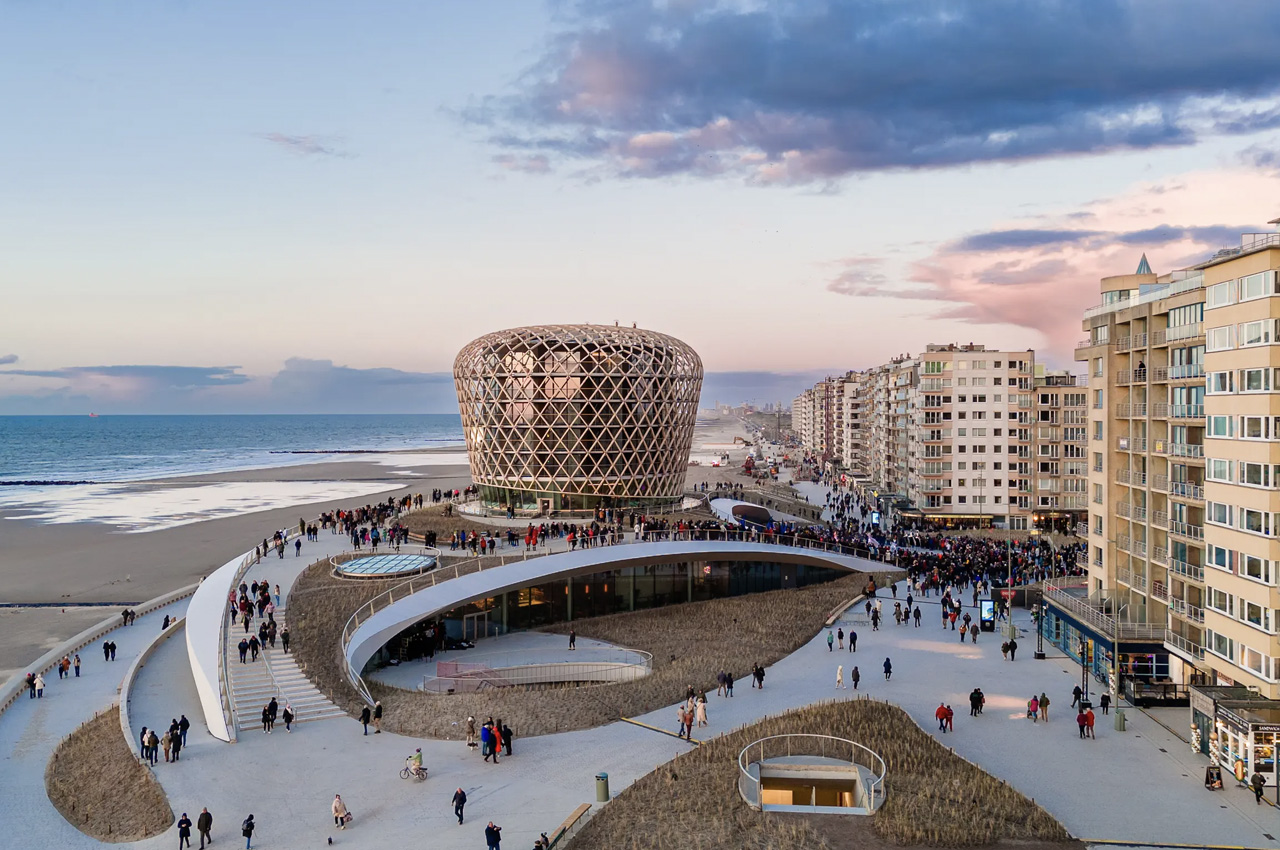
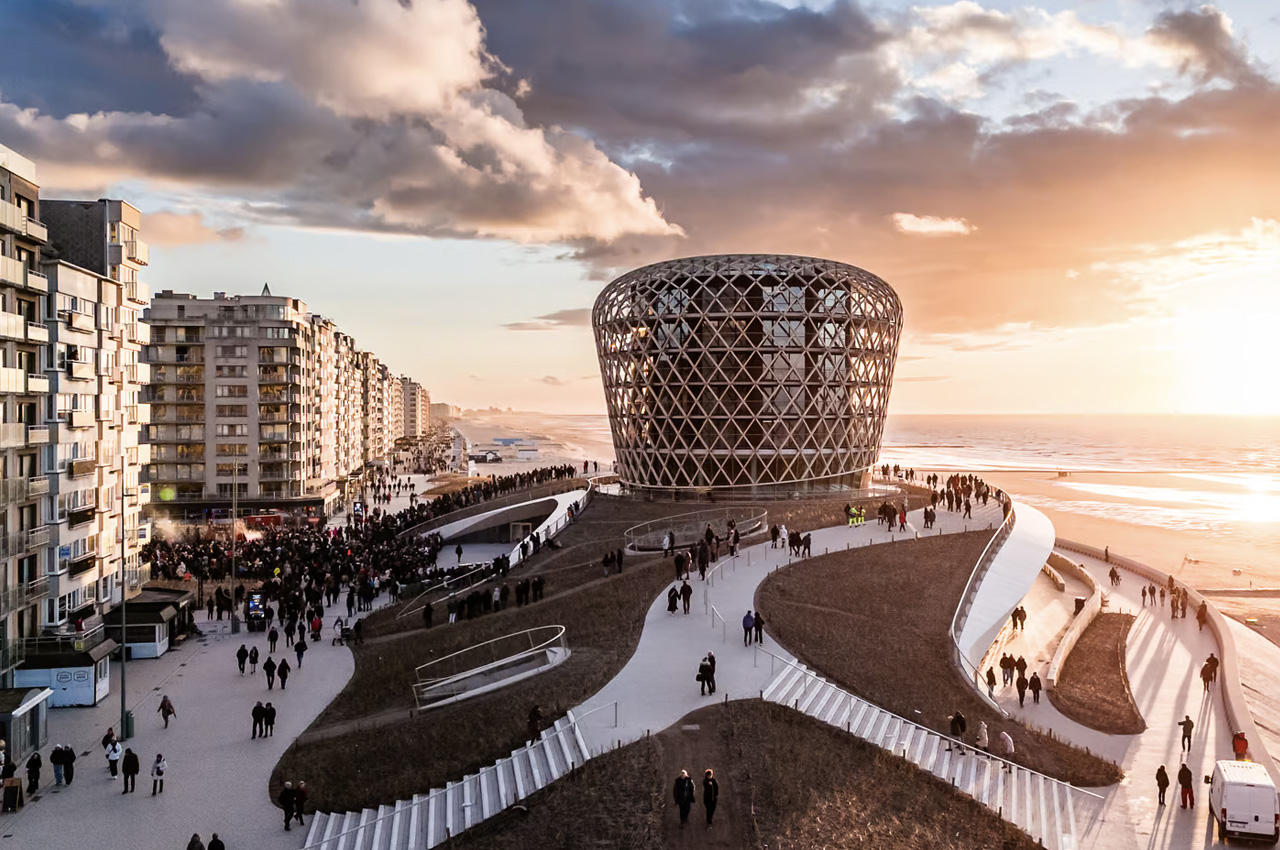
The Silt Tower was designed as an initiative to improve and elevate the local defenses from the North Sea in Middlkerk, and its unusual aesthetics have some utility as well. The artificial dune base expands a public square, which provides stunning views of the coastline. The dune-like building accommodates a casino, restaurant, and event space, while the tower hosts hotel rooms.
“The essence of the design lies in the integration of all the significant aspects, from the experience of the public to coastal reinforcement and economic impetus,” said ZJA. “With the once bleak Epernay Square as its center, the sea embankment and coastal defenses are now fused together, and an extensive new experiential landscape has arisen. Underground parking ensures that is a car-free zone, giving full scope to the public space above. The ground level is thus dedicated as a public space. Marram grass, the dune basin, and sand channels leading to the beach give back to Middelkerke the characteristic landscape it holds dear. The climb to the top of the new dune offers breathtaking views and becomes a tourist attraction in its own right,” concluded ZJA.
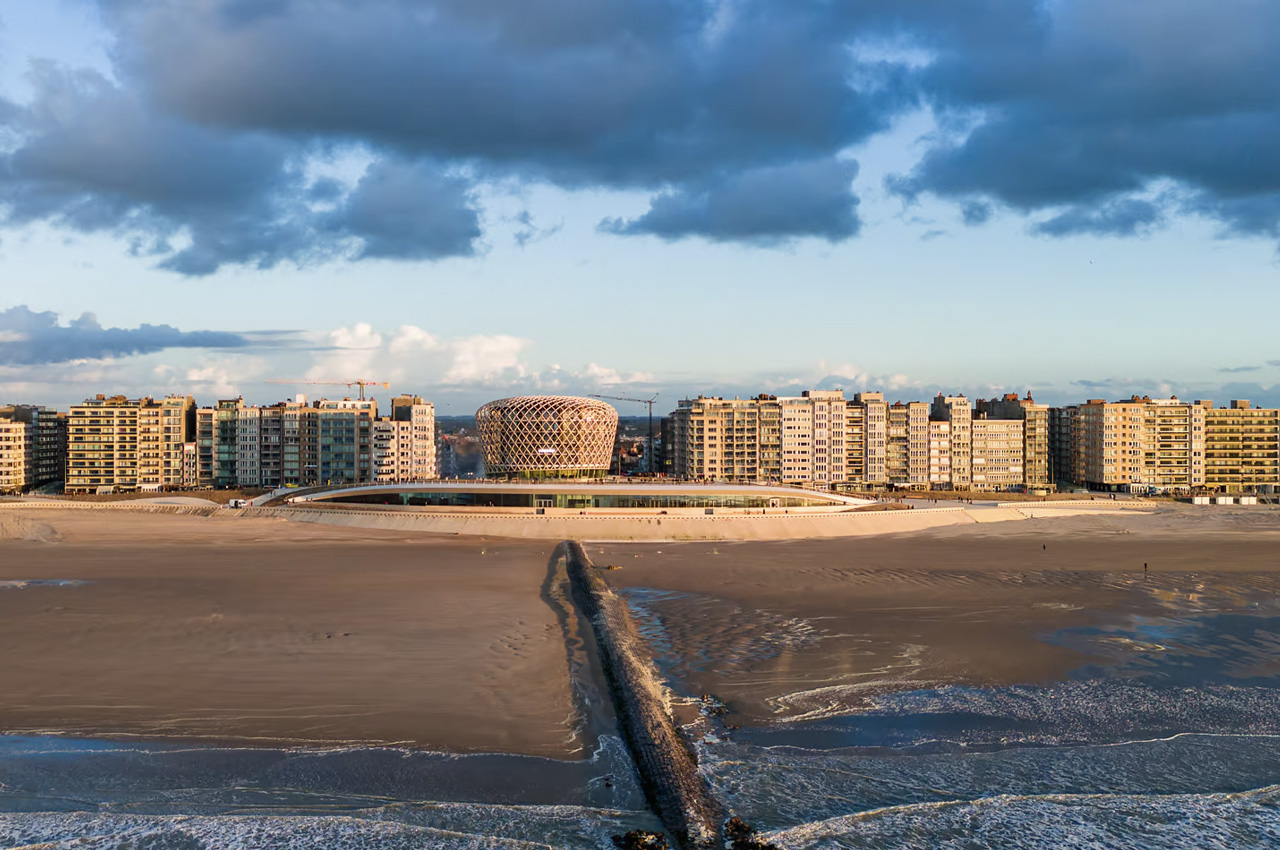
Essentially, the Silt includes a chunky concrete base with an attractive boulder-like section which includes a glass and concrete tower covered with latticed beams of Accoya engineered wood. The tower section also contains integrated lighting, which allows it to glow like a lovely beacon in the night. It features a massive sea wall and sturdy construction which allows it to deal well with the extreme climatic conditions of the region, including a once-in-a-thousand-year storm.
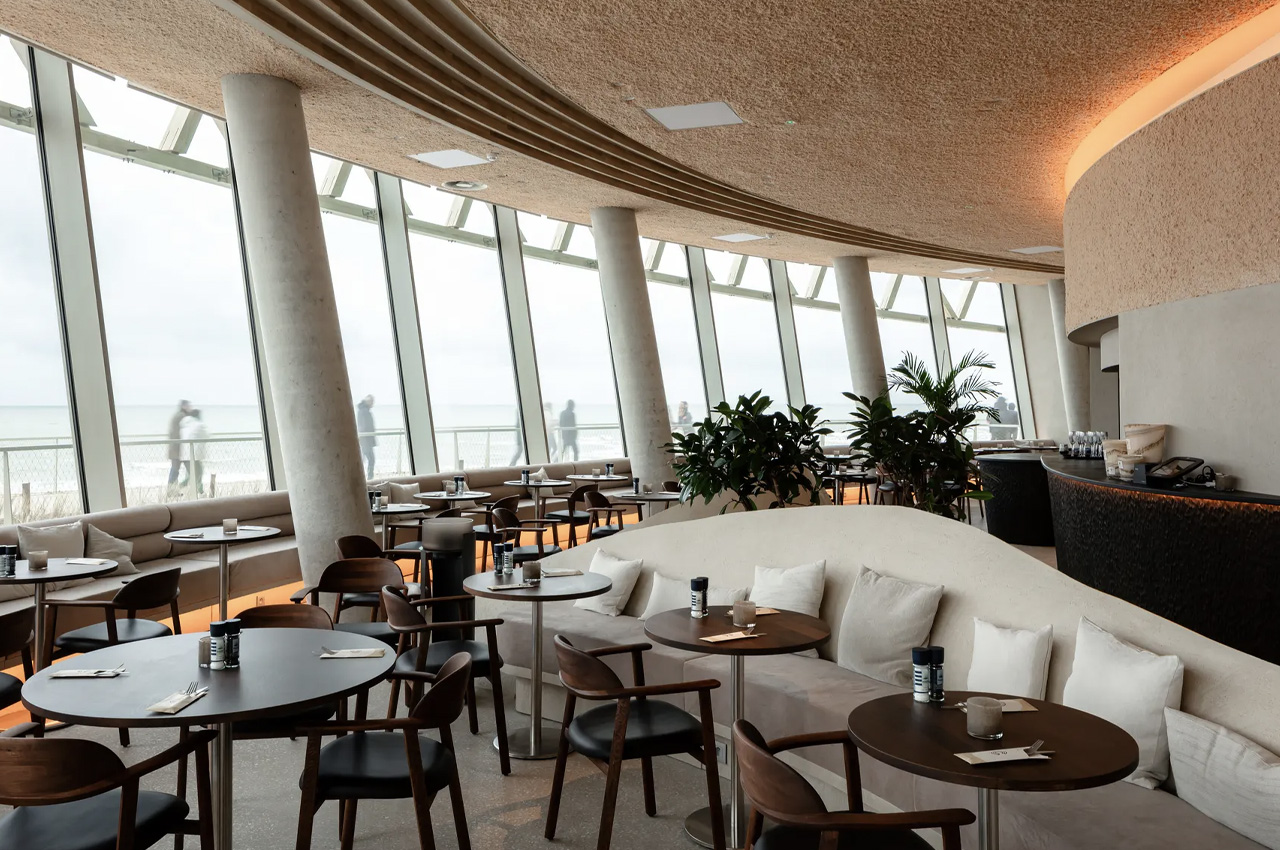
The post Massive Climate-Resilient Tower On An Artificial Dune Can Handle A Once-In-A-Thousand-Year Storm first appeared on Yanko Design.
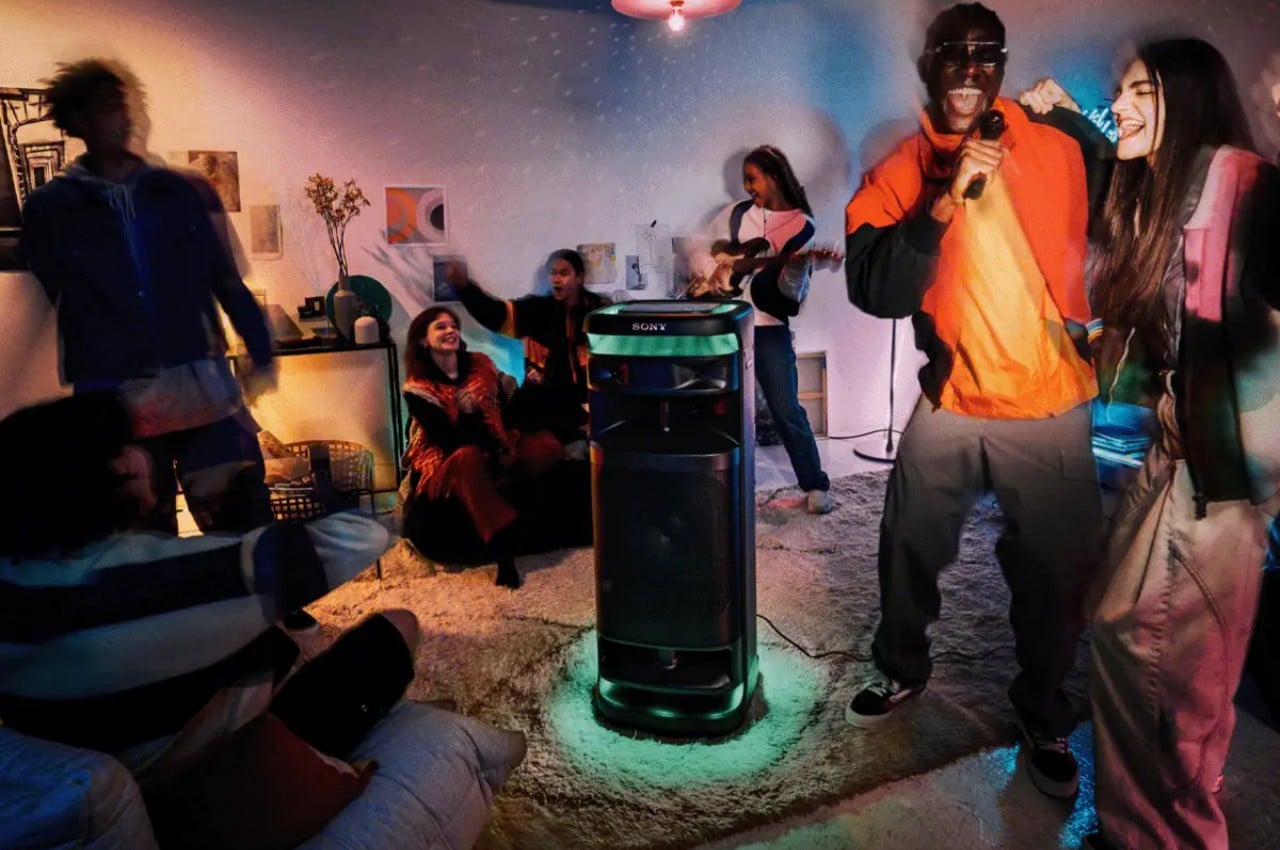
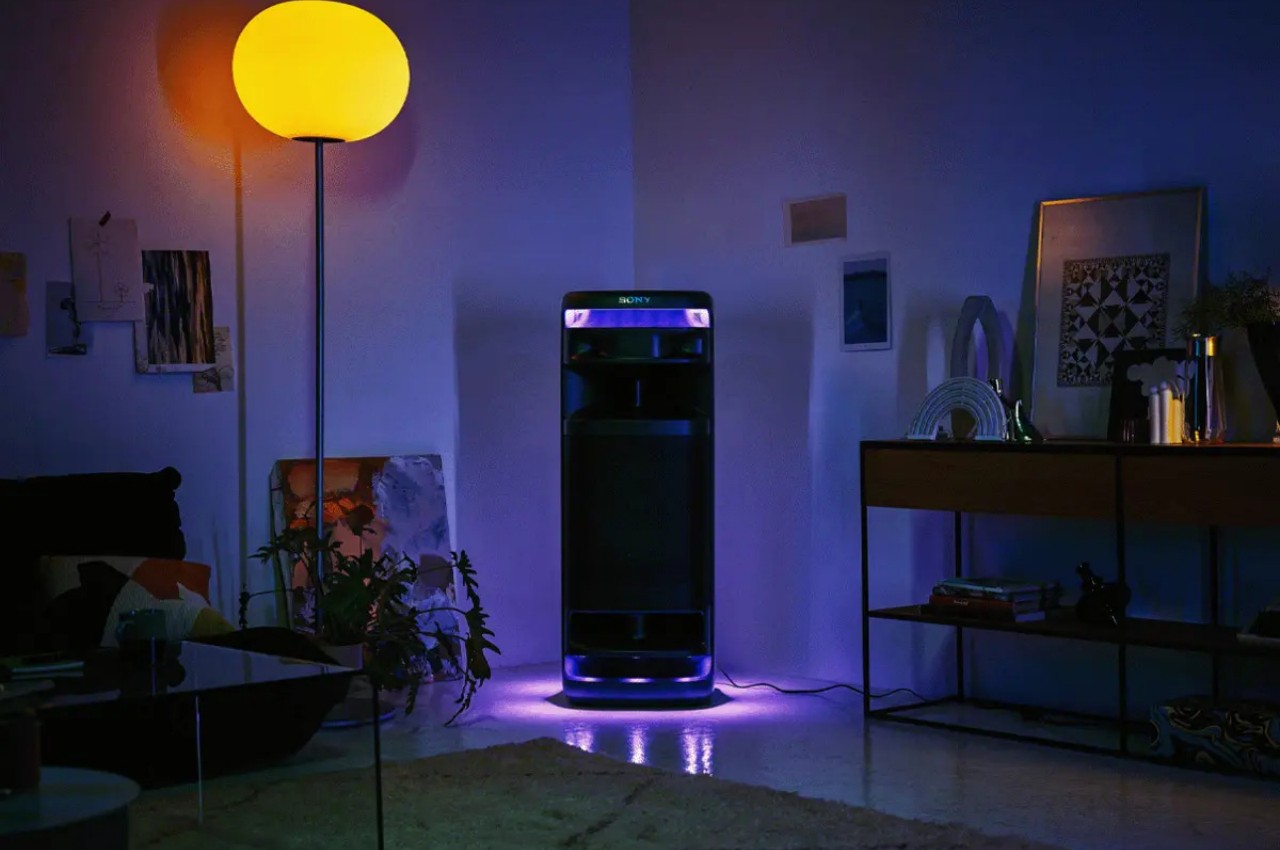
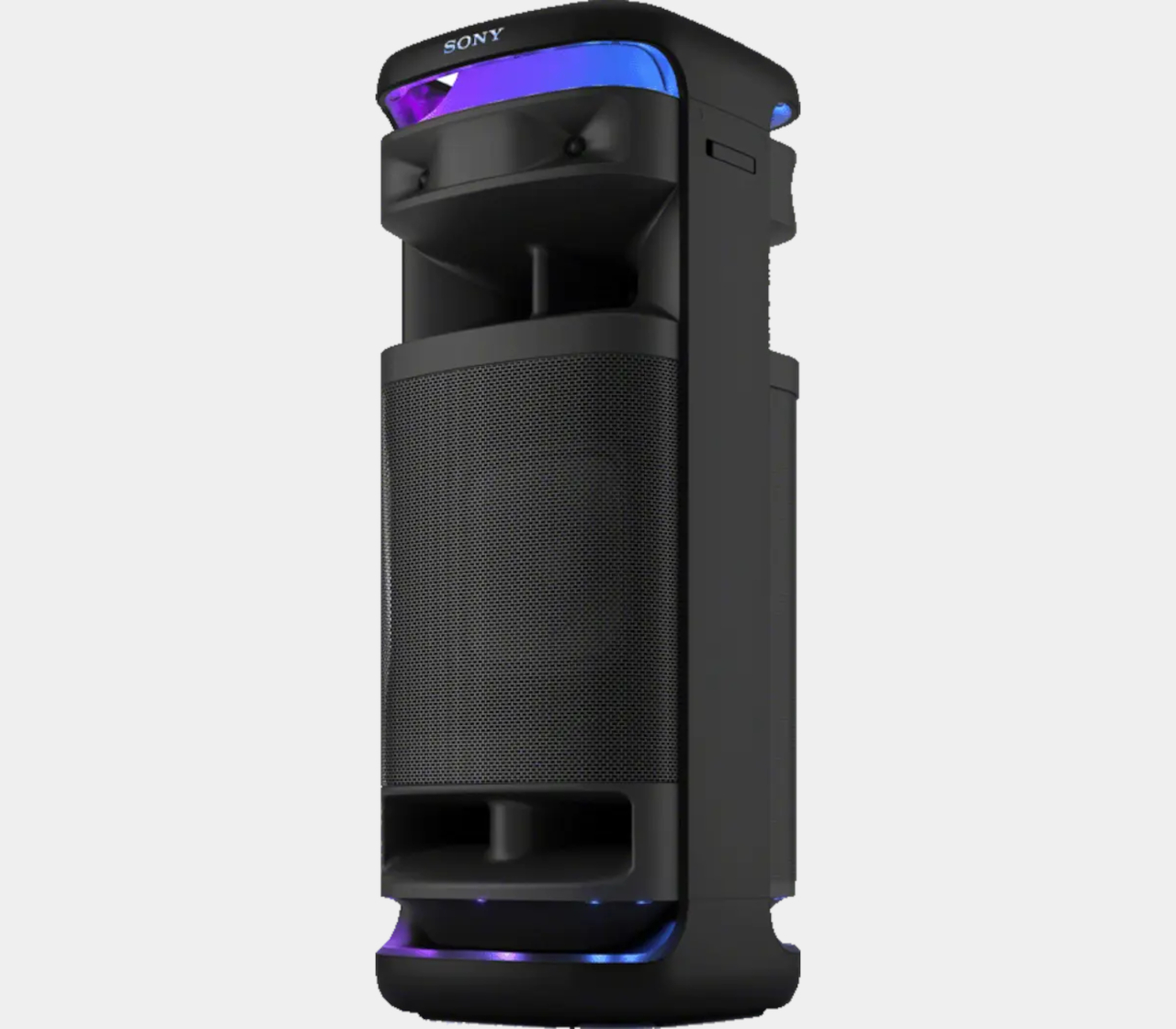
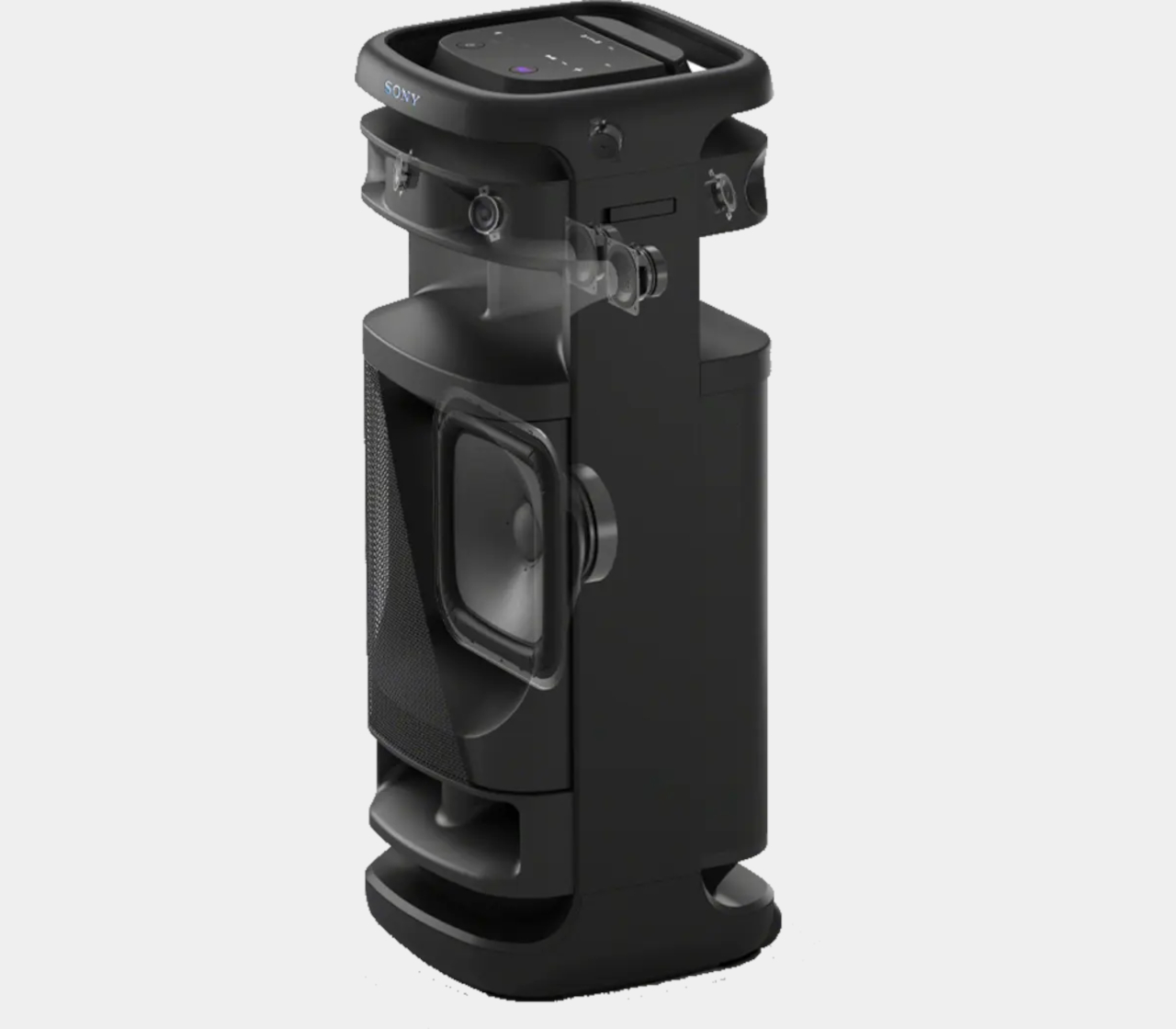
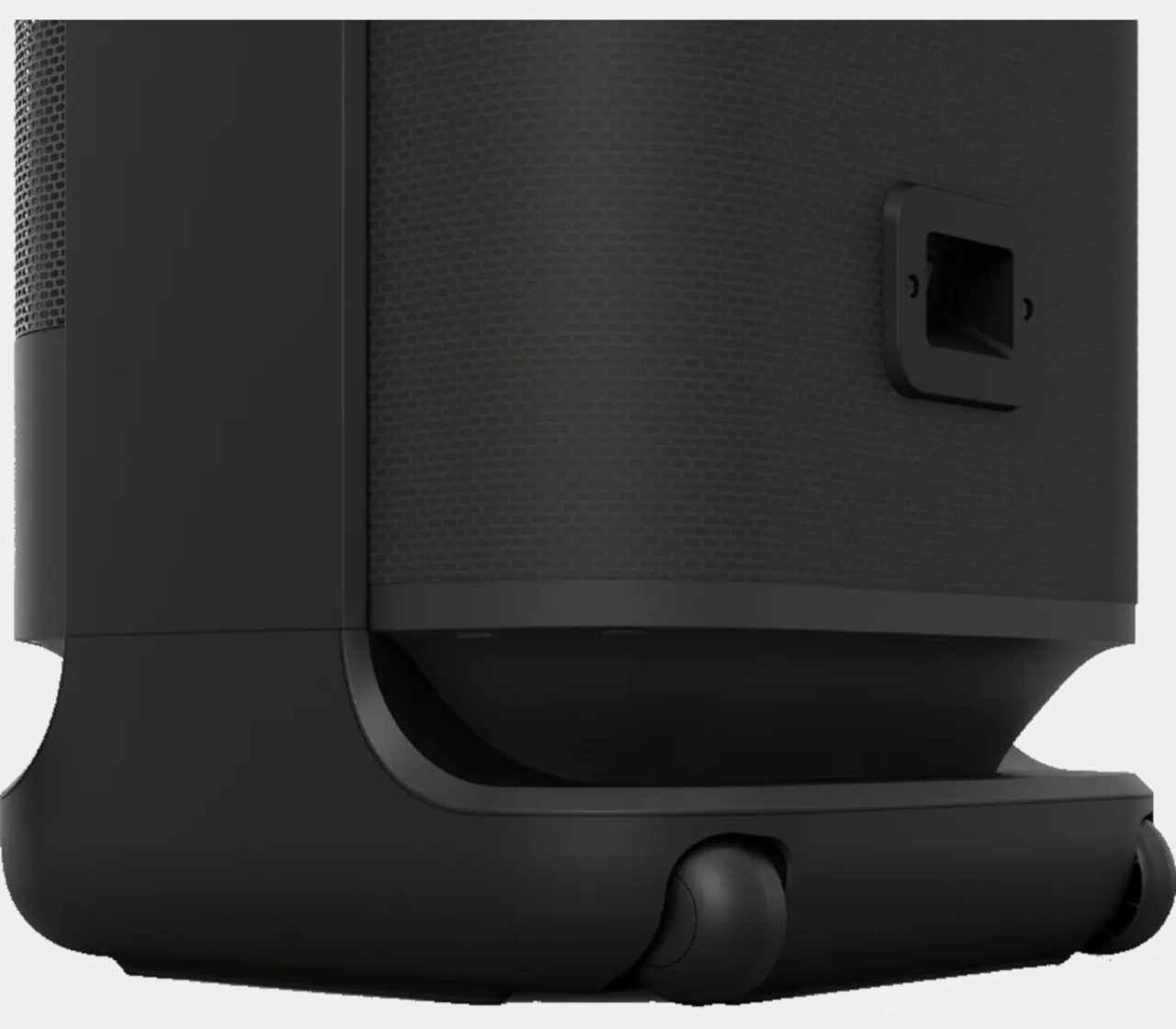
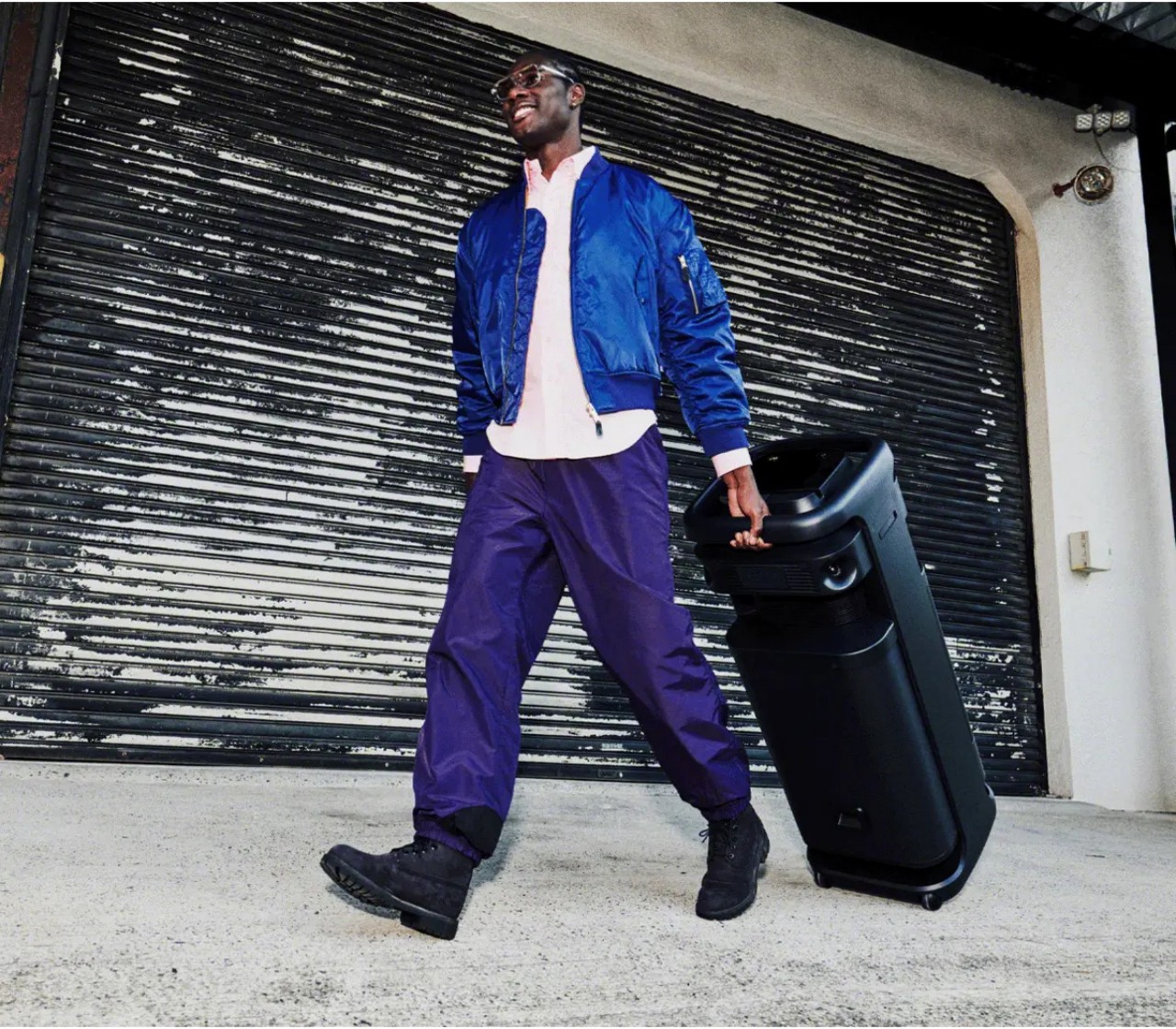


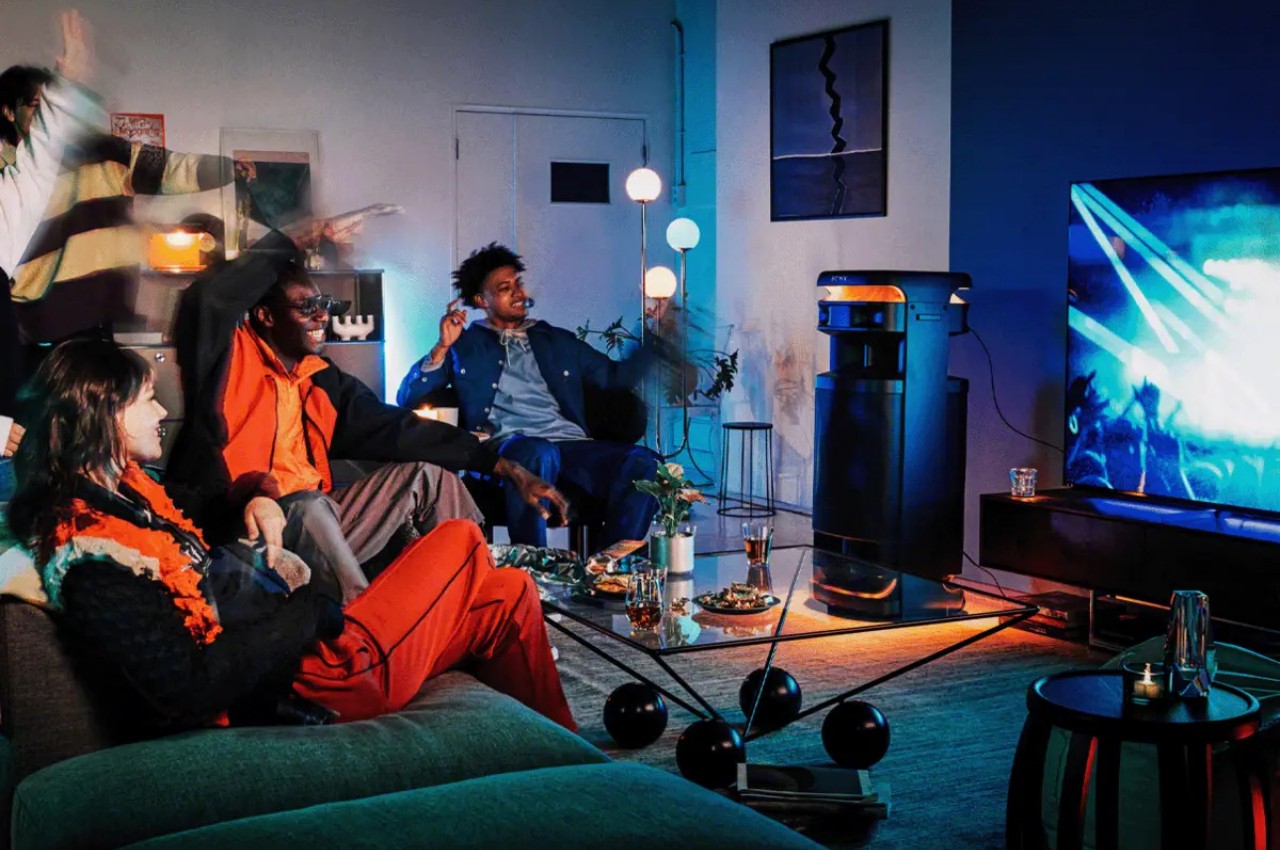









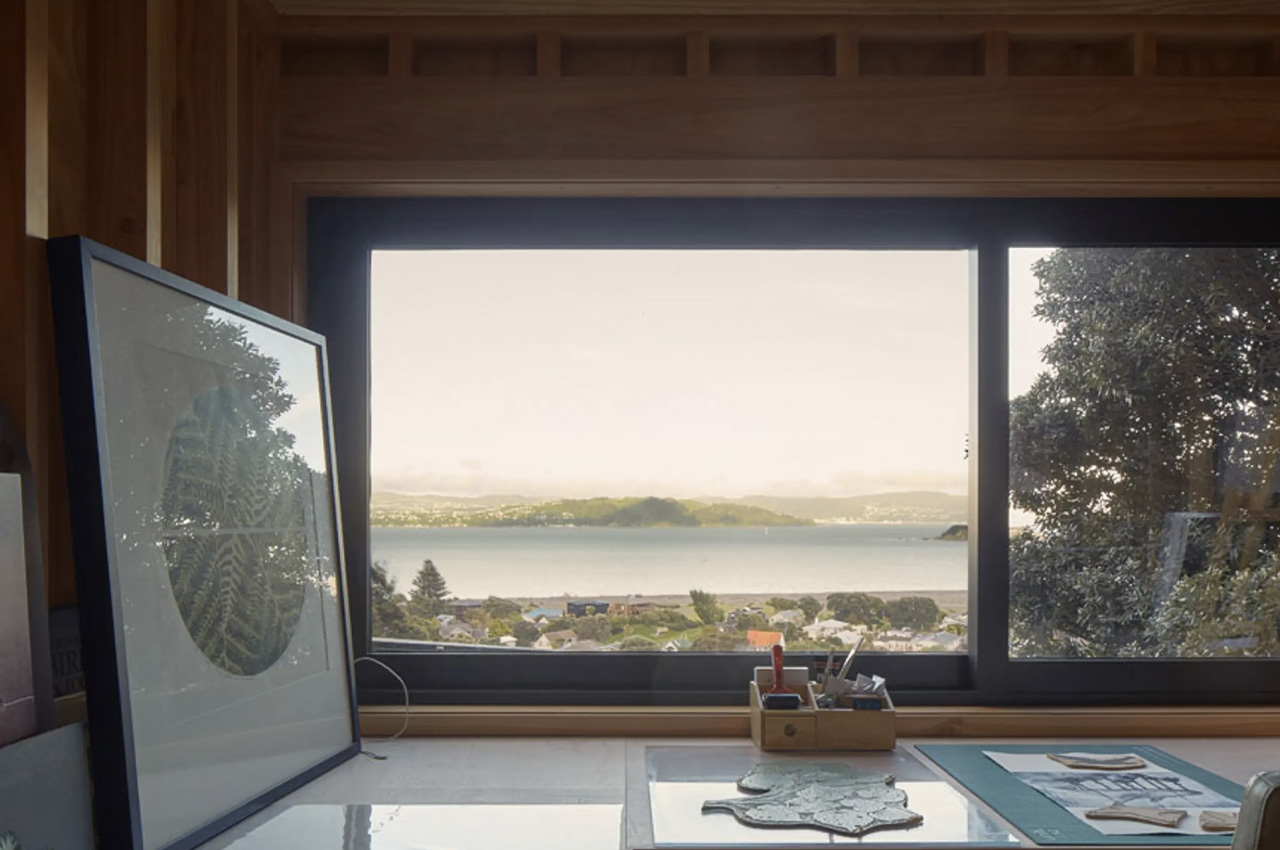
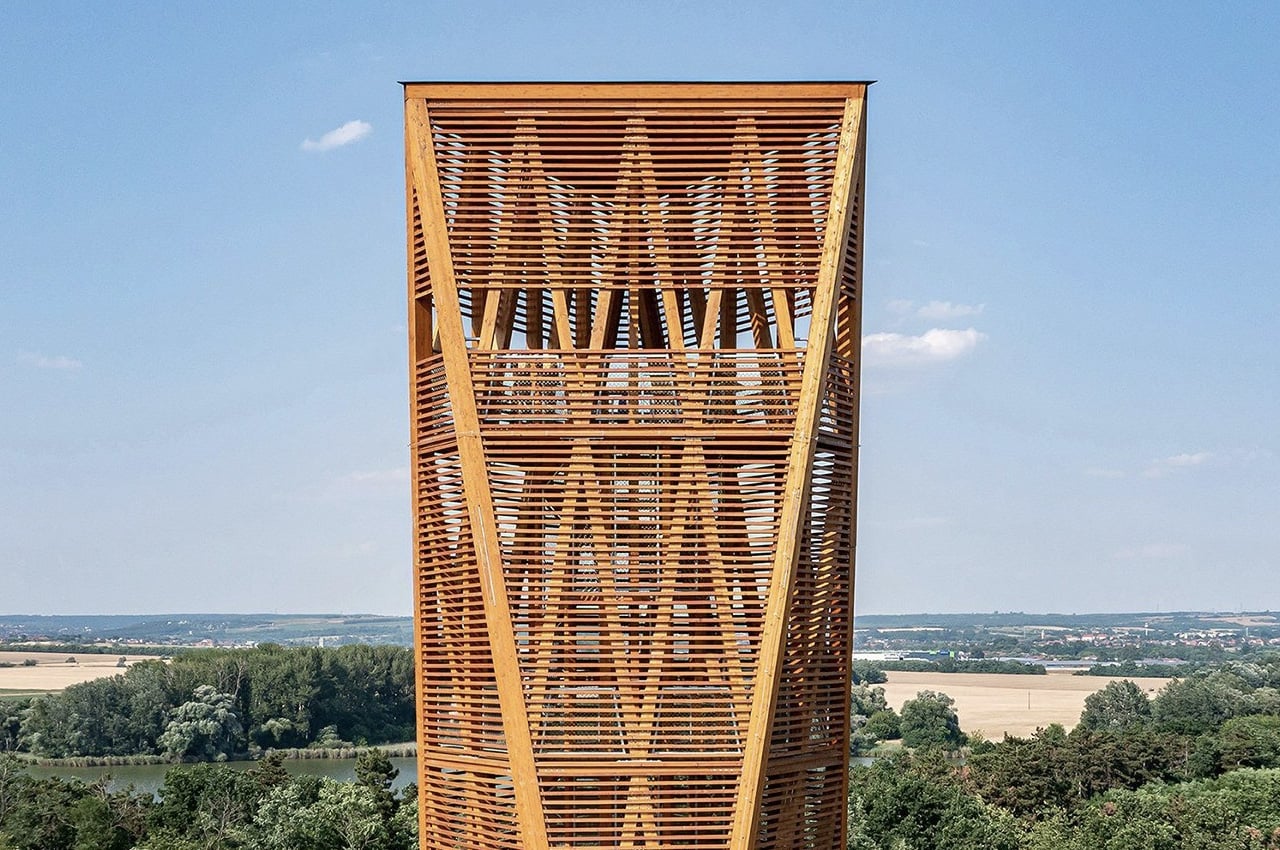
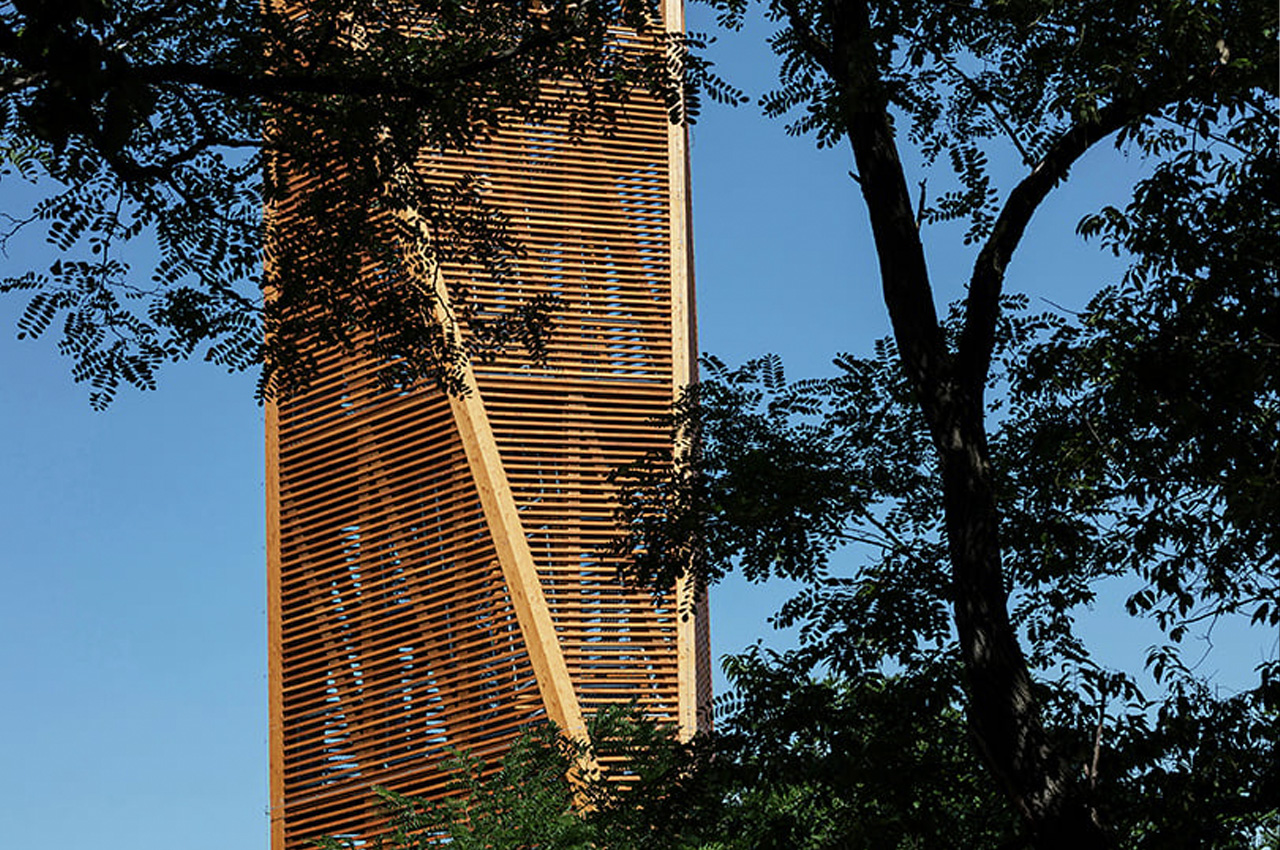
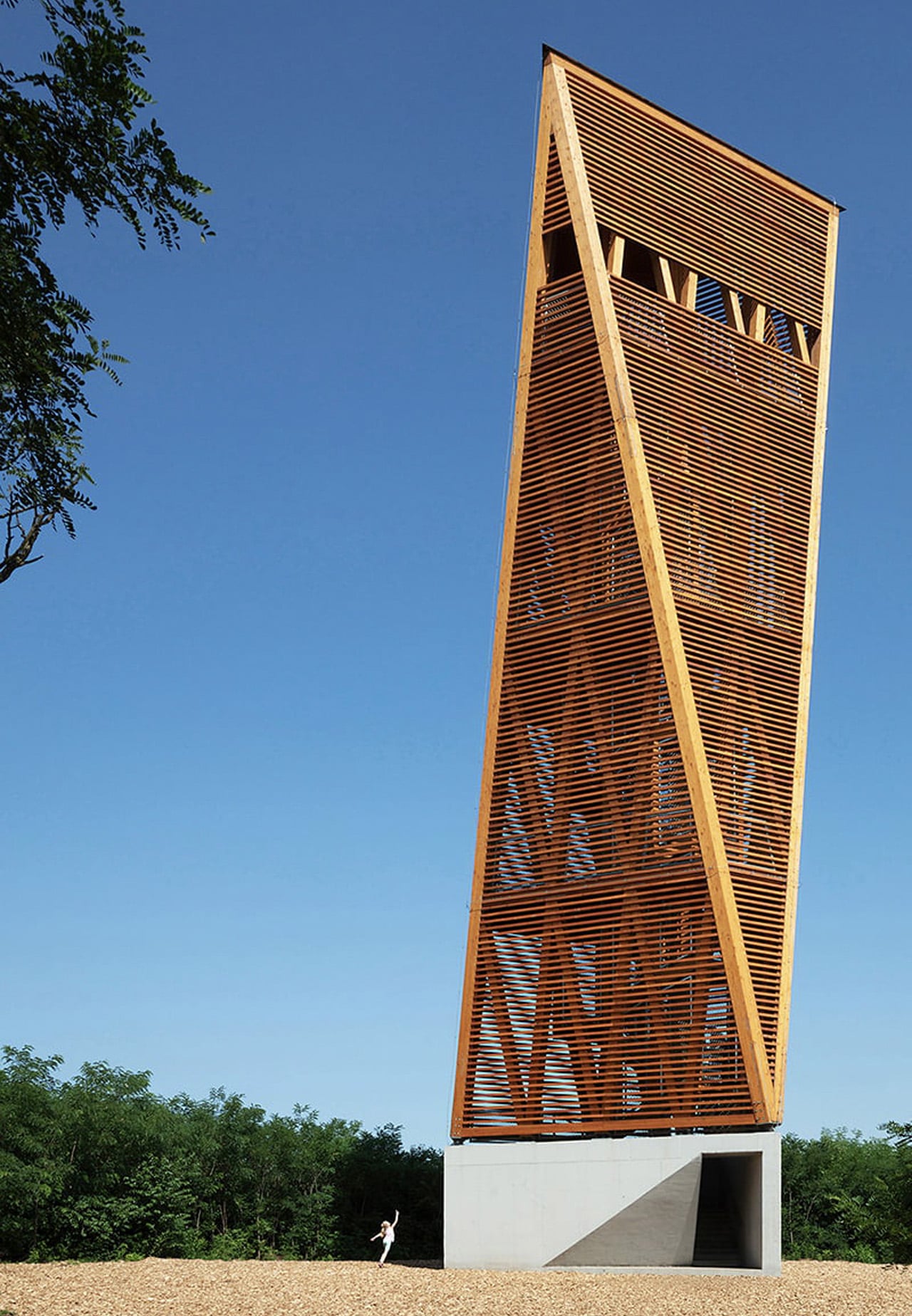
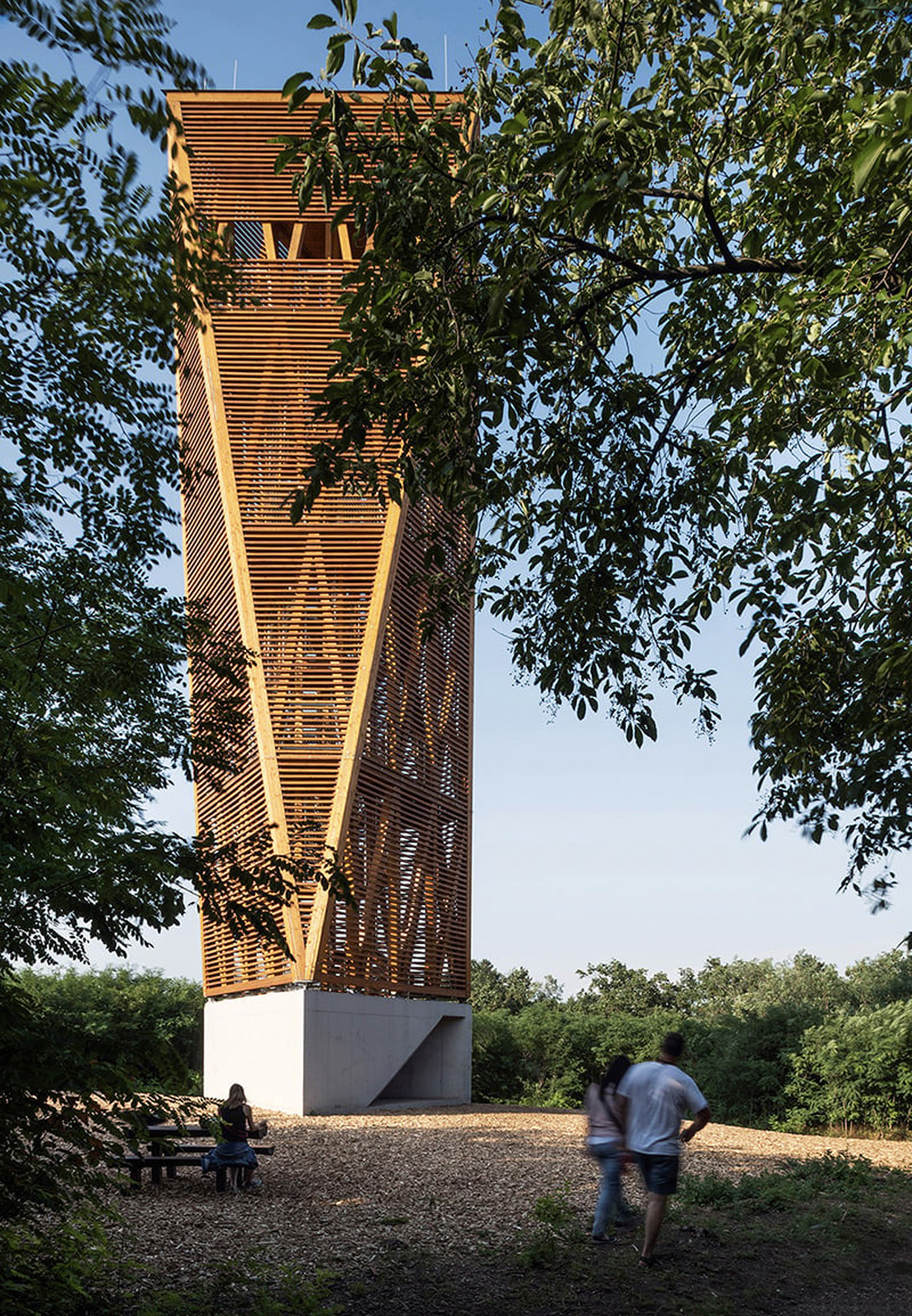
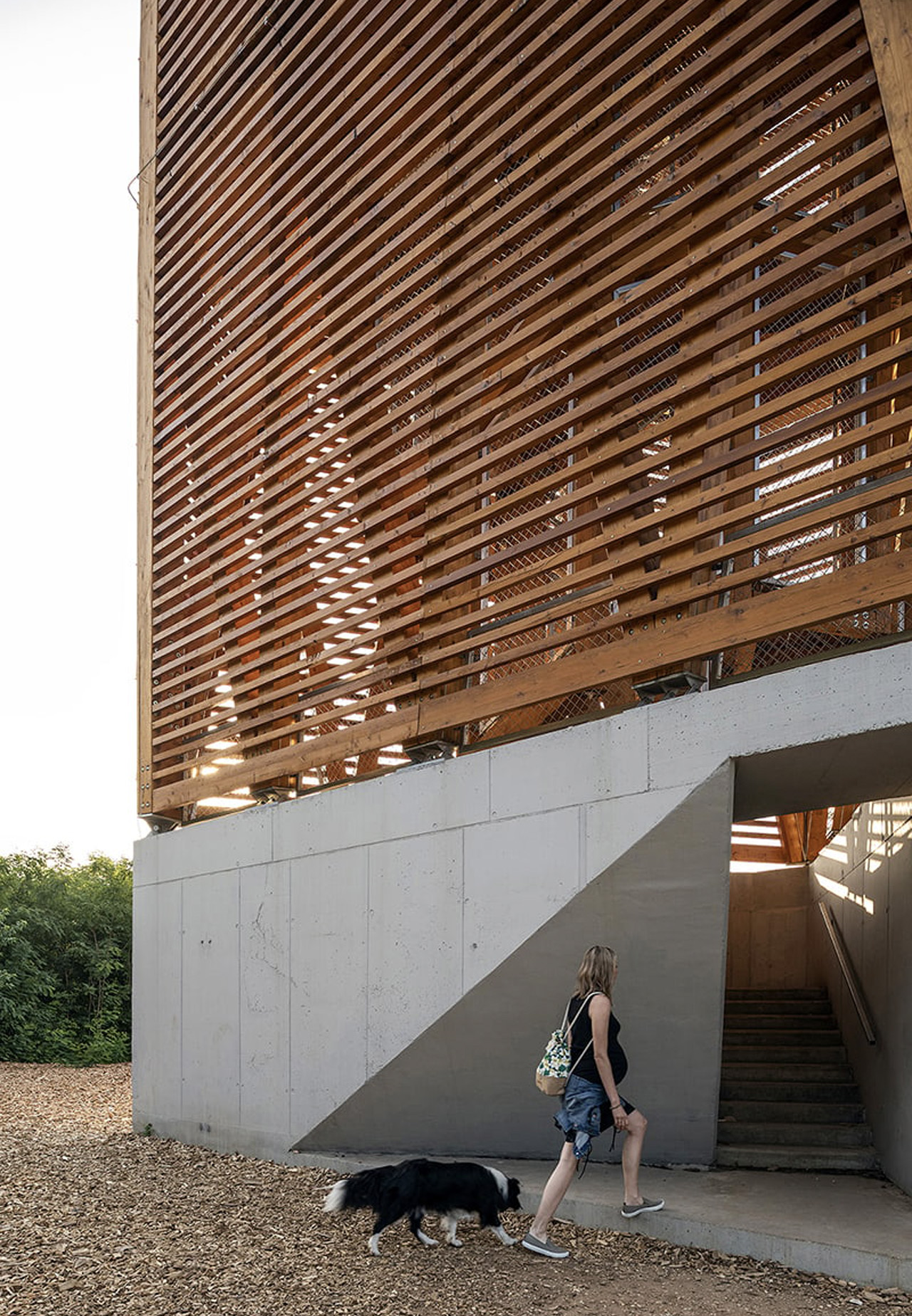
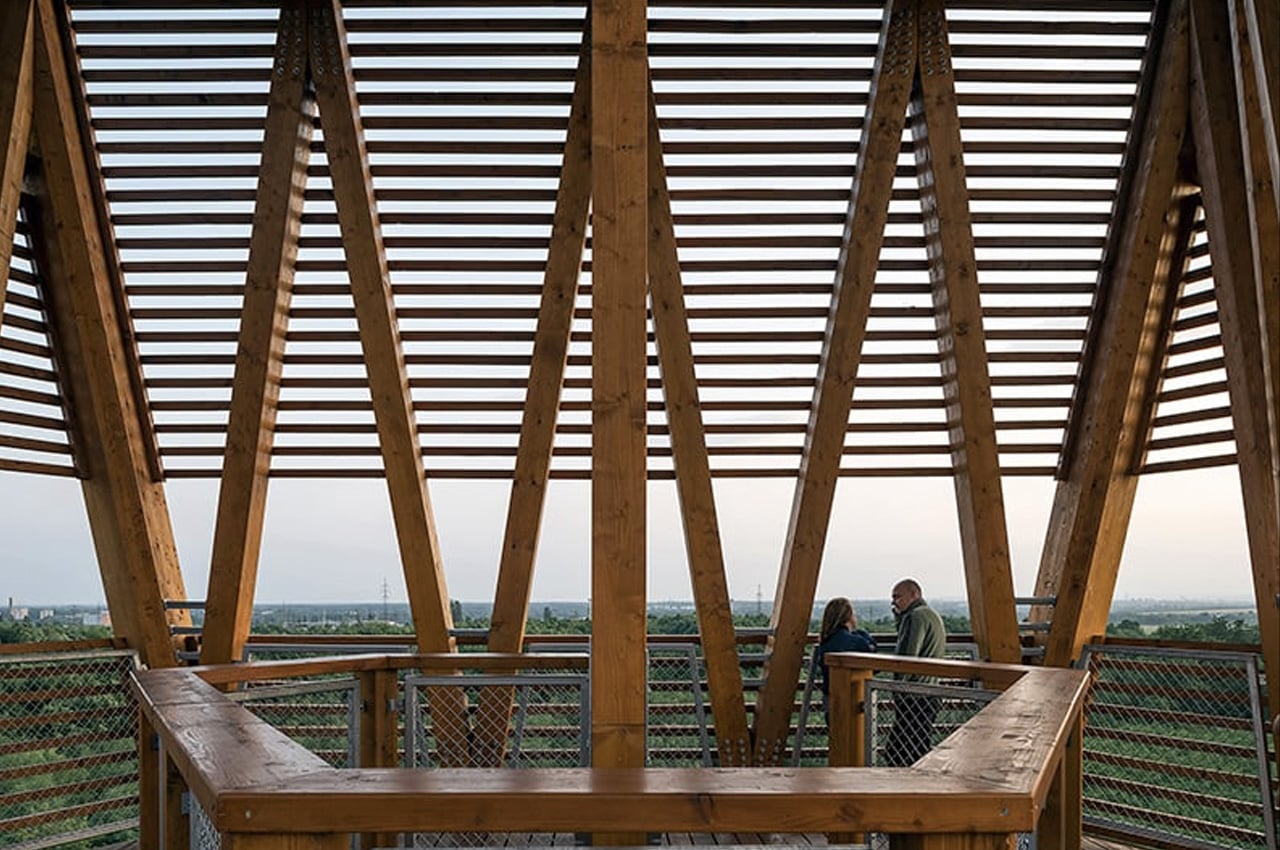
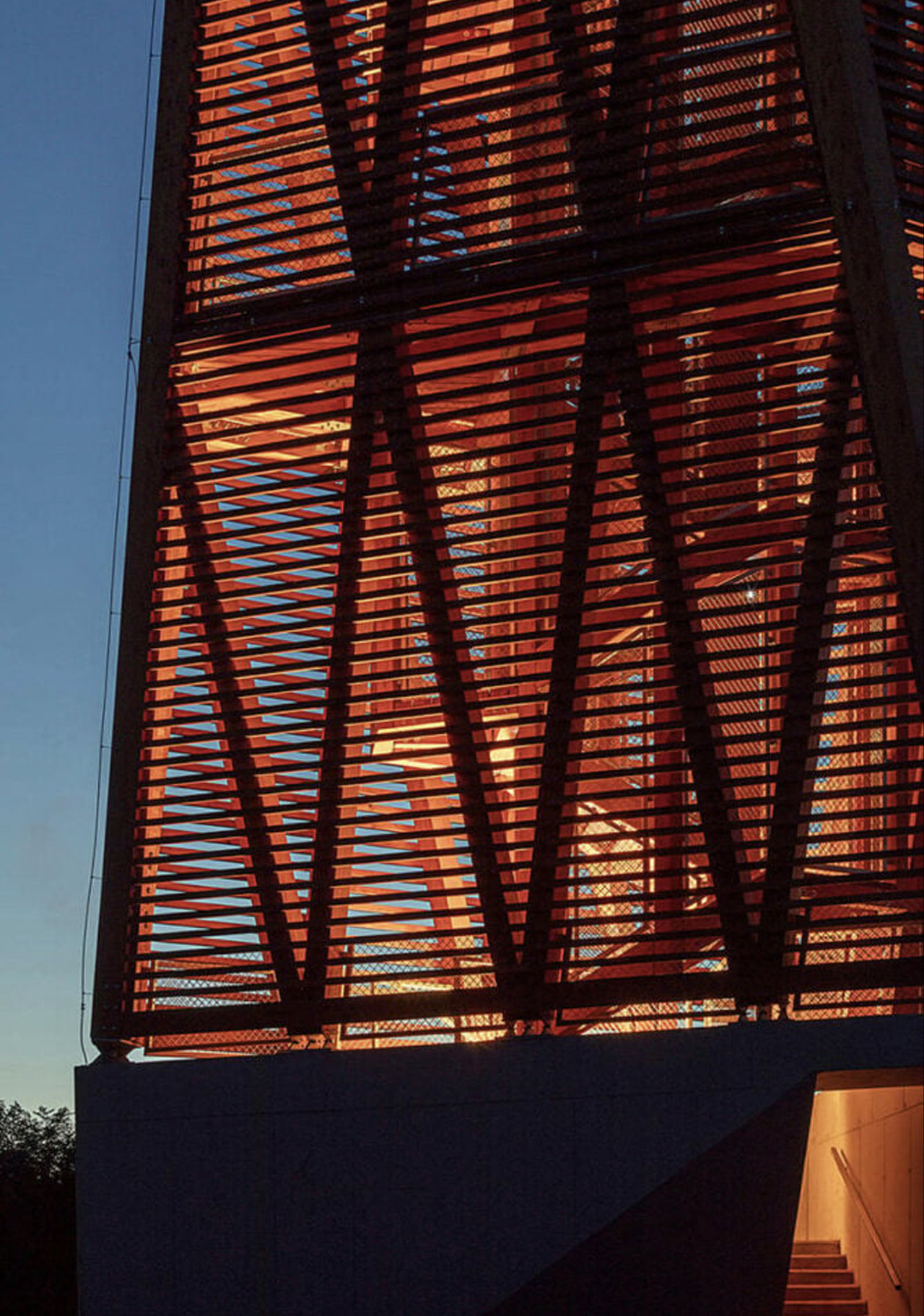
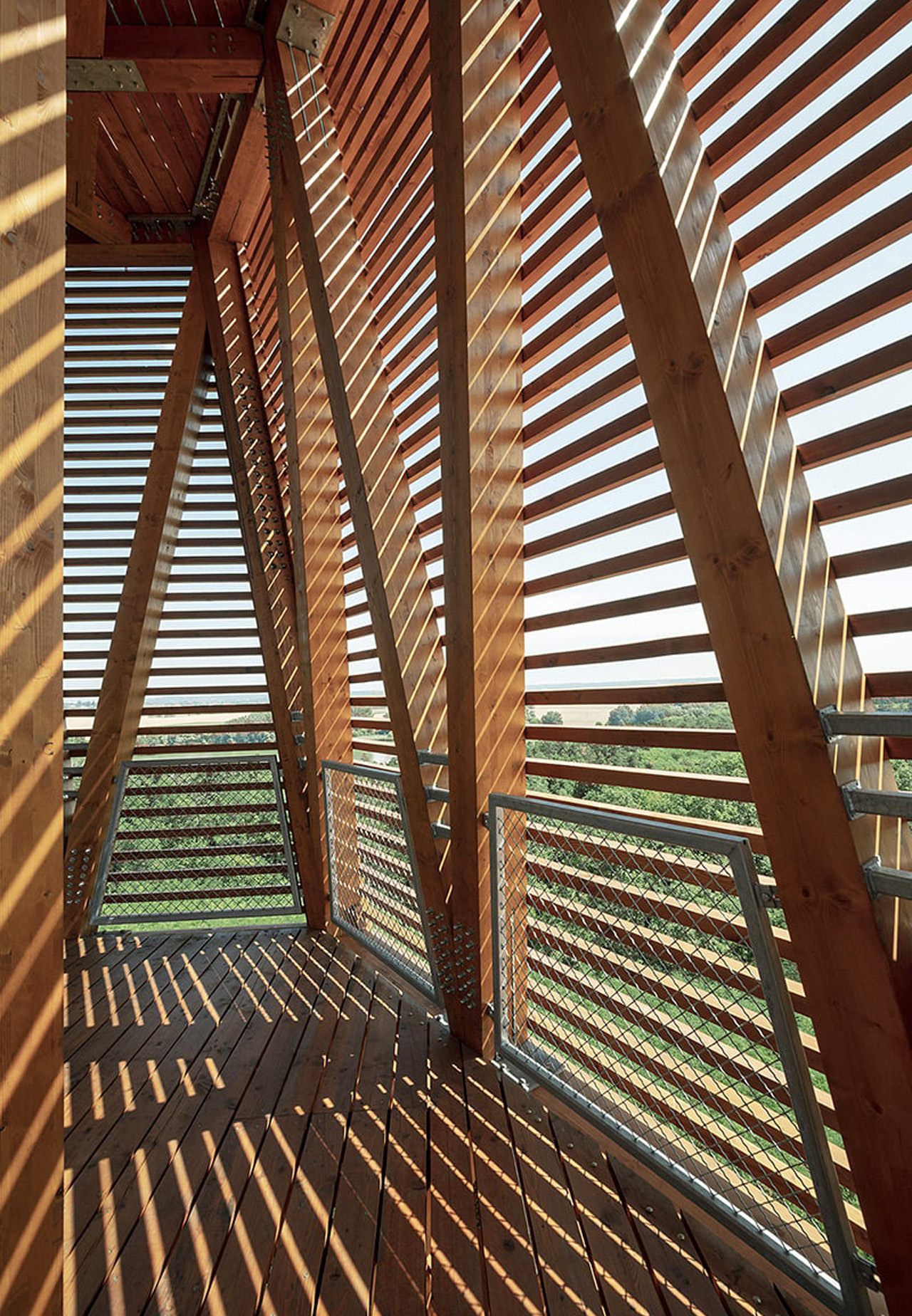
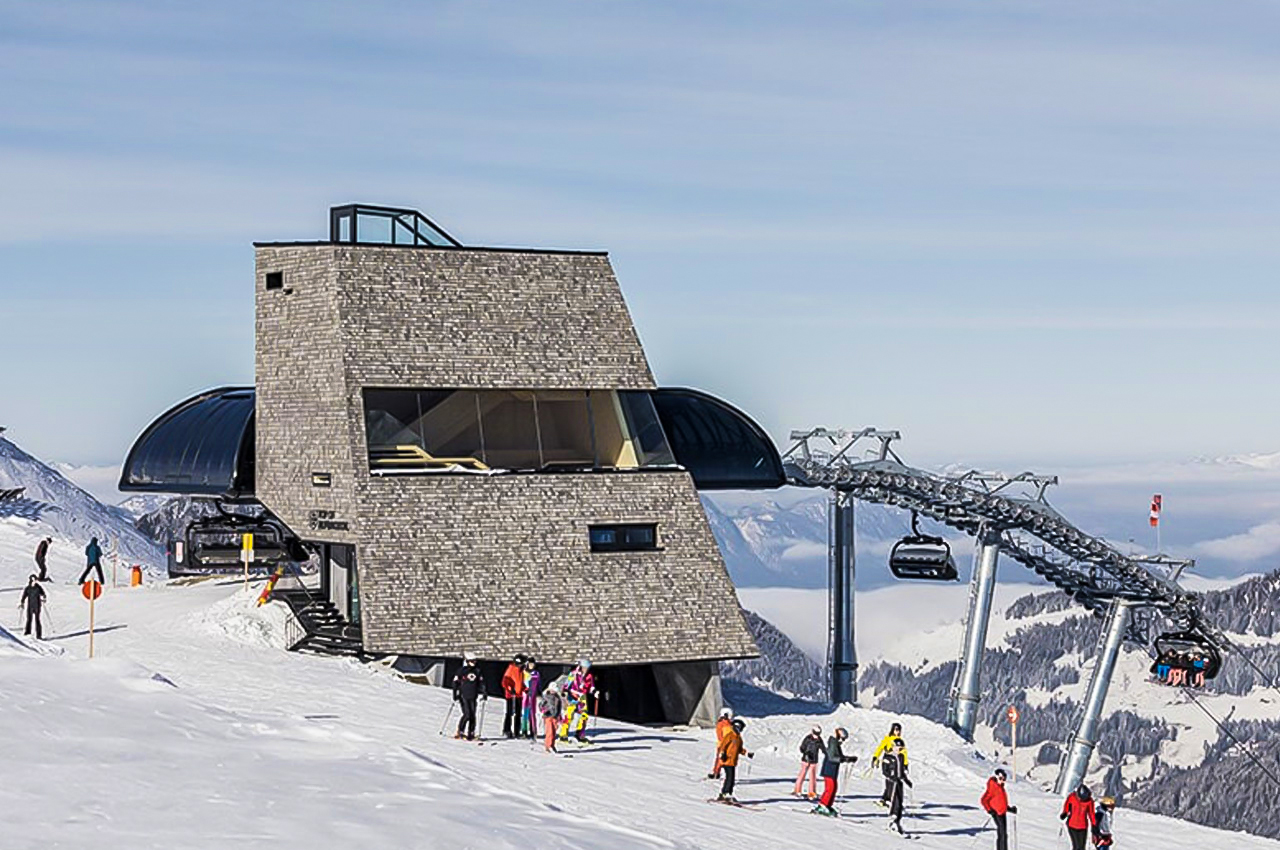
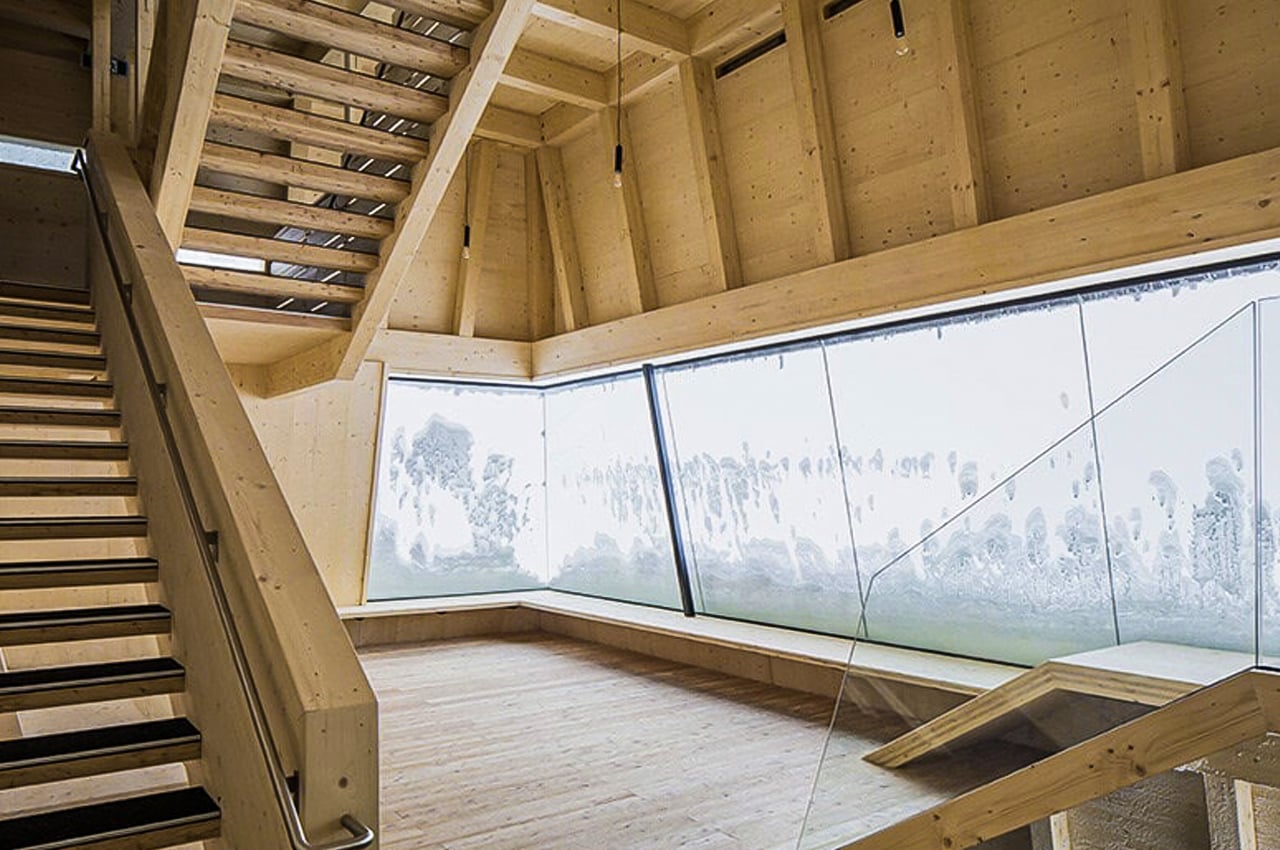
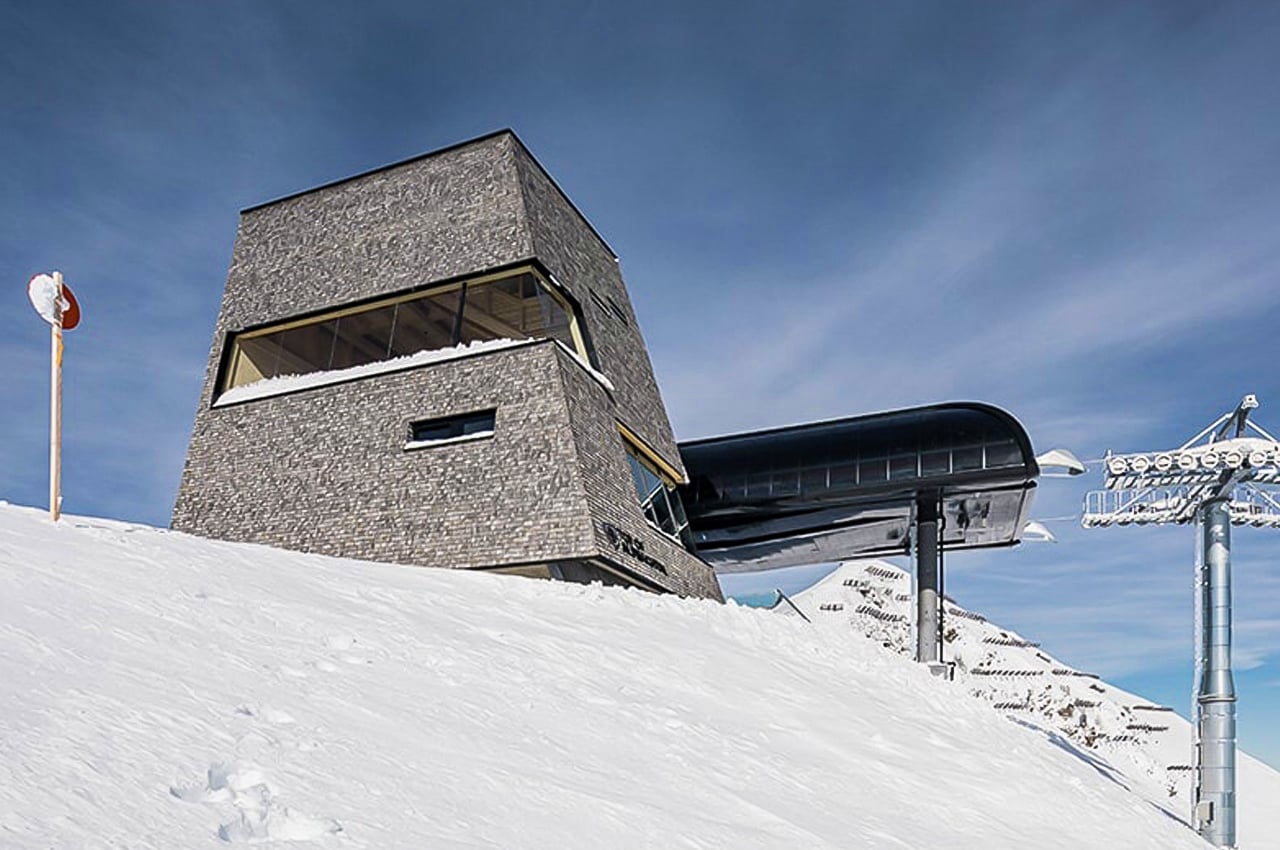
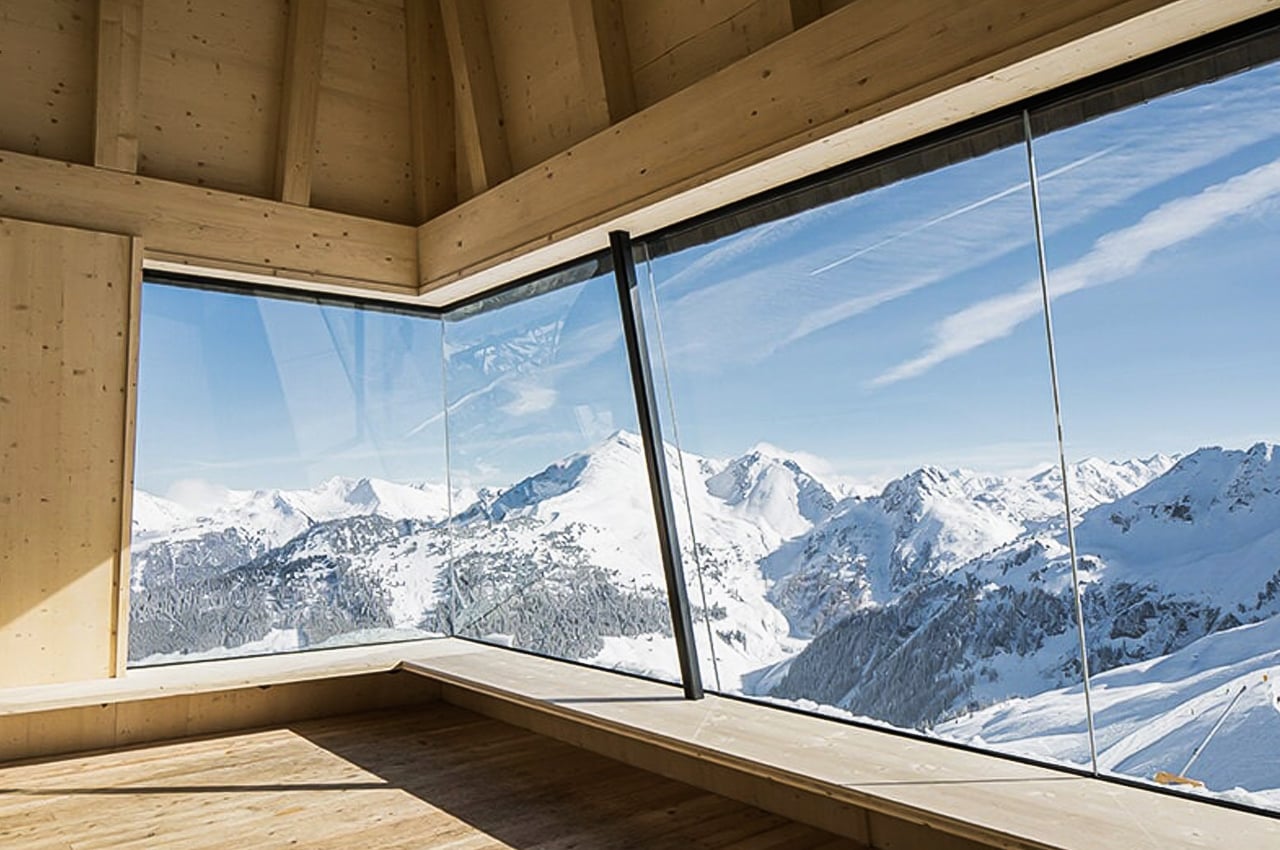
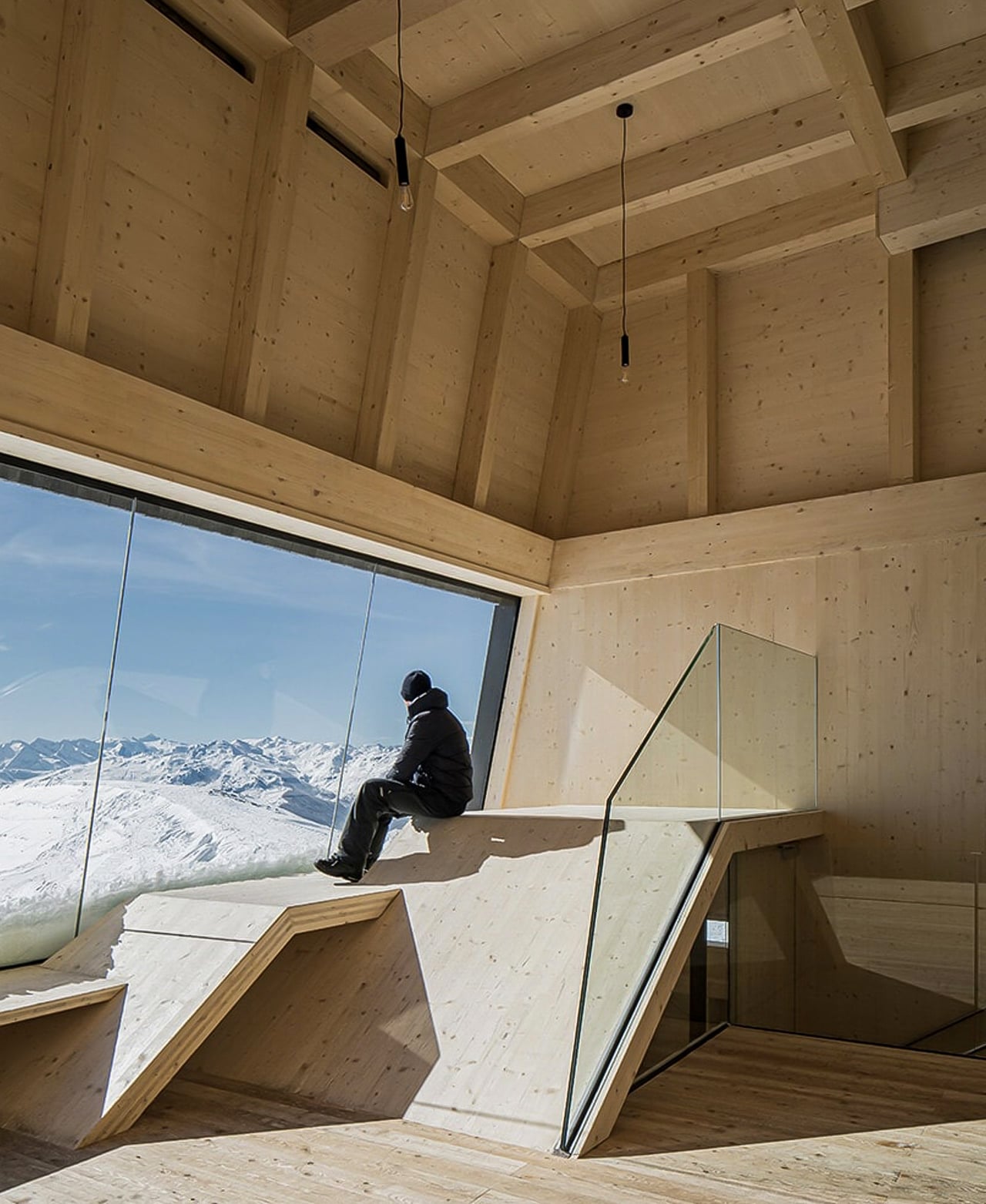
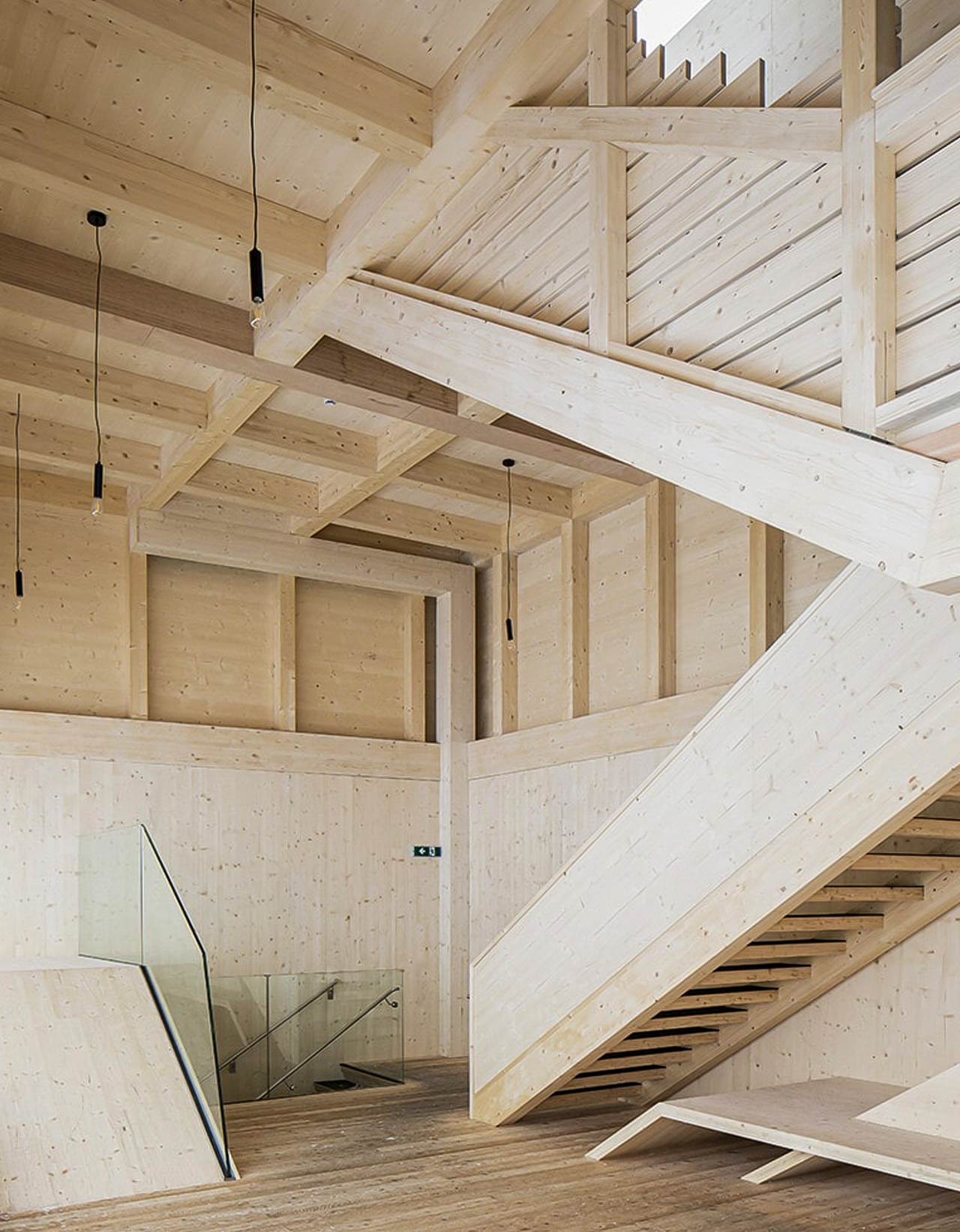
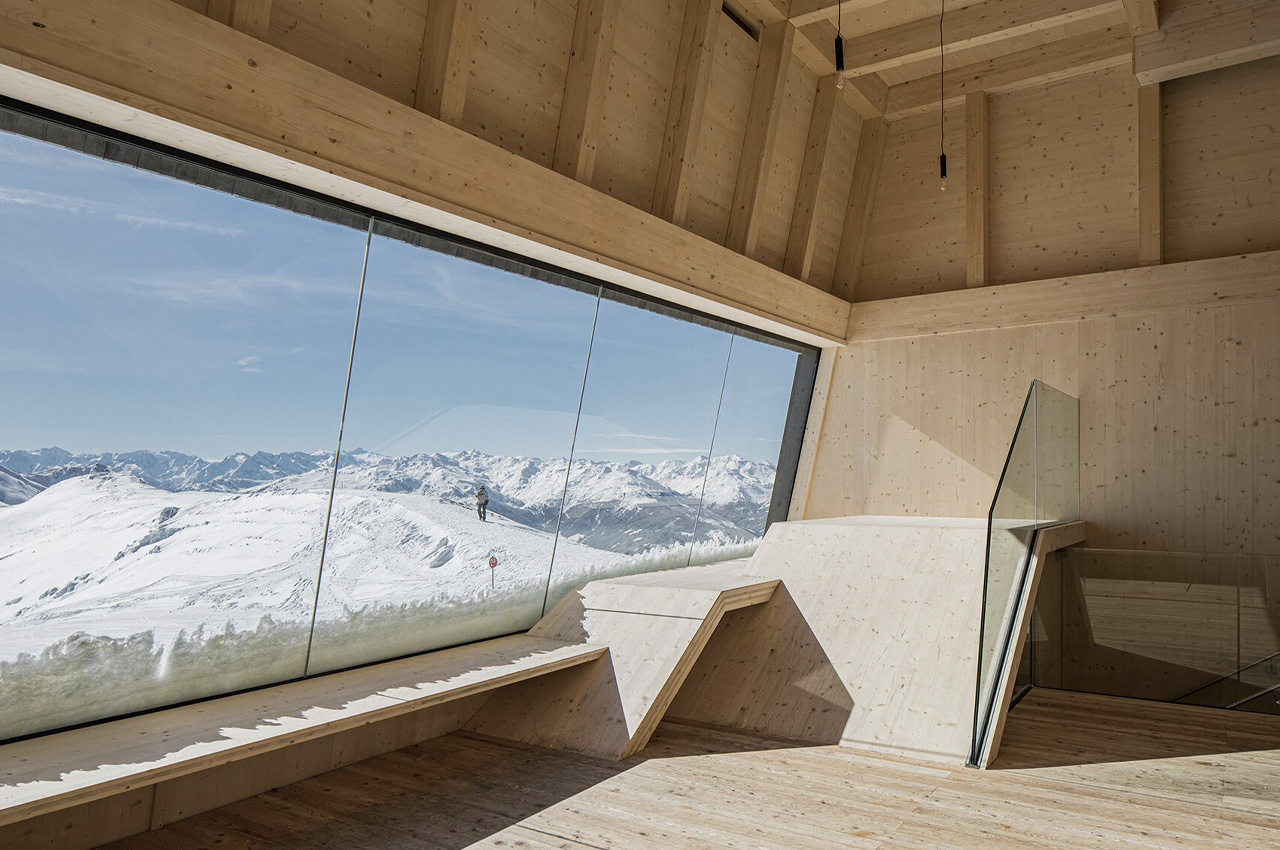
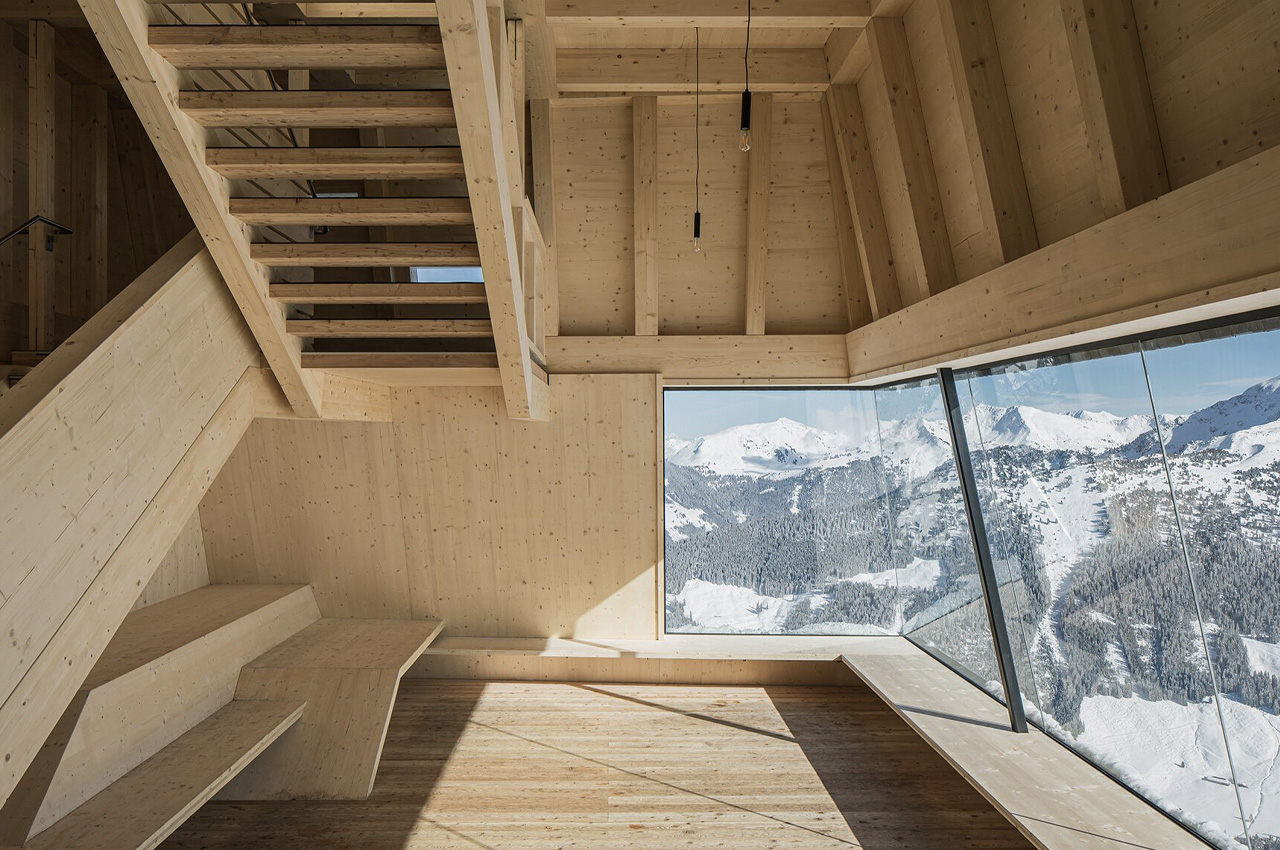
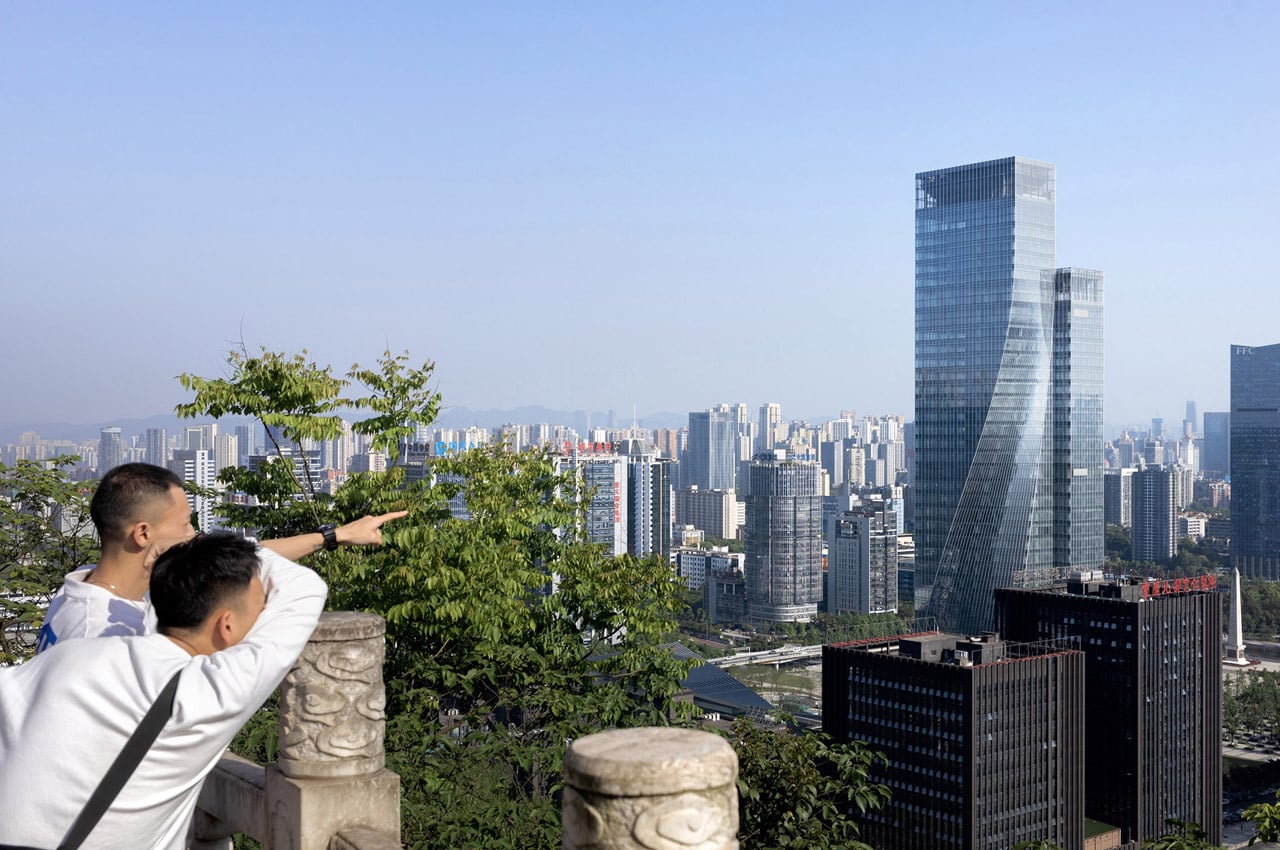
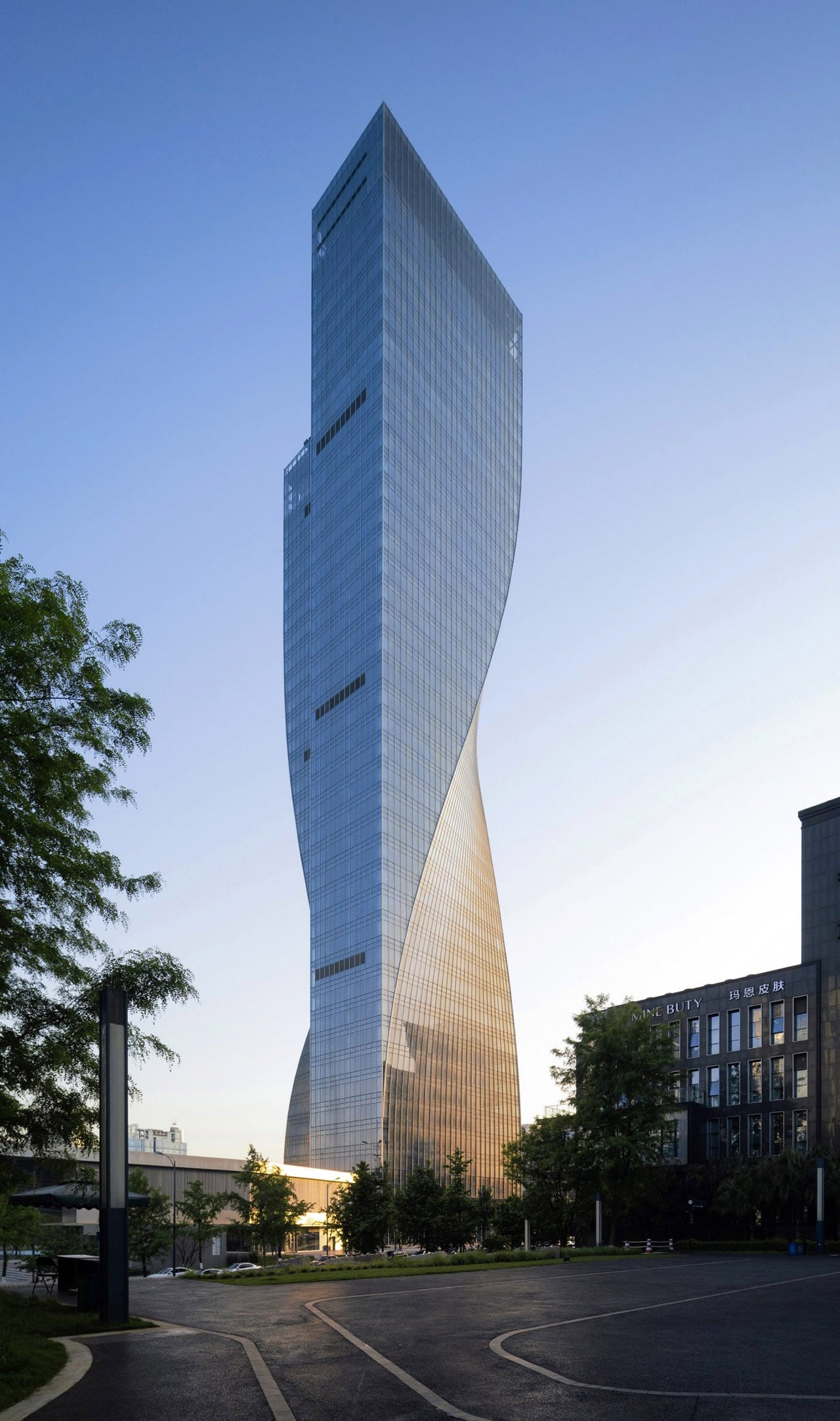
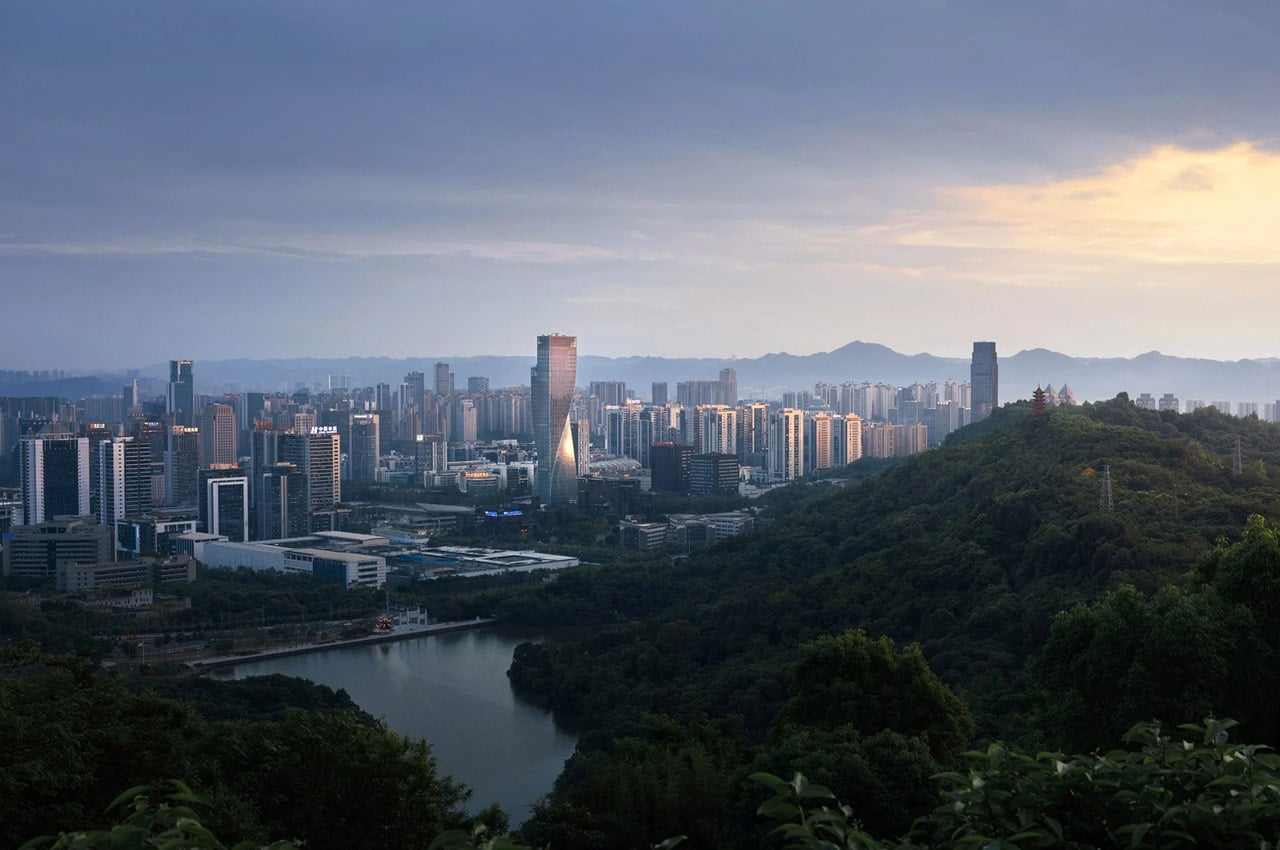
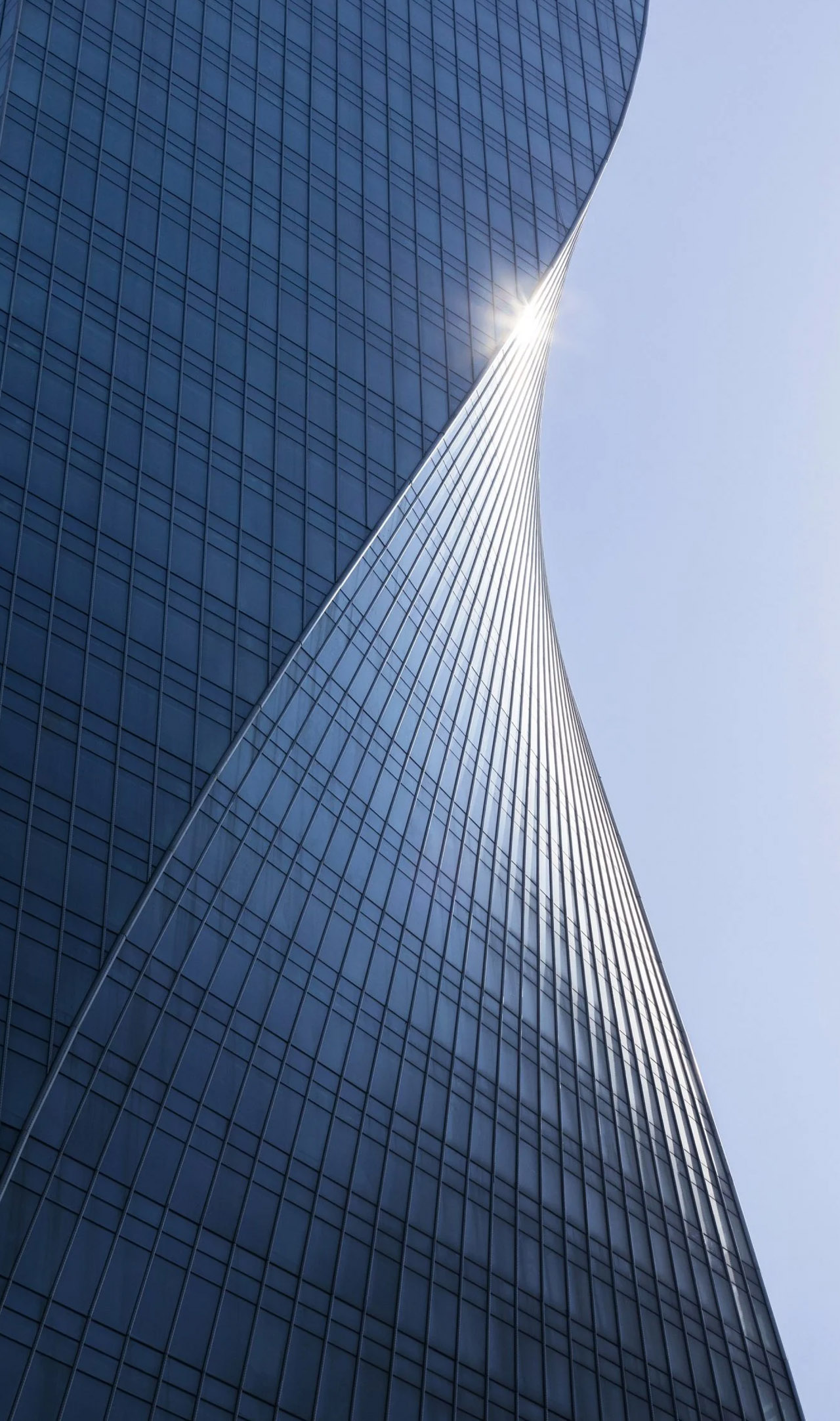

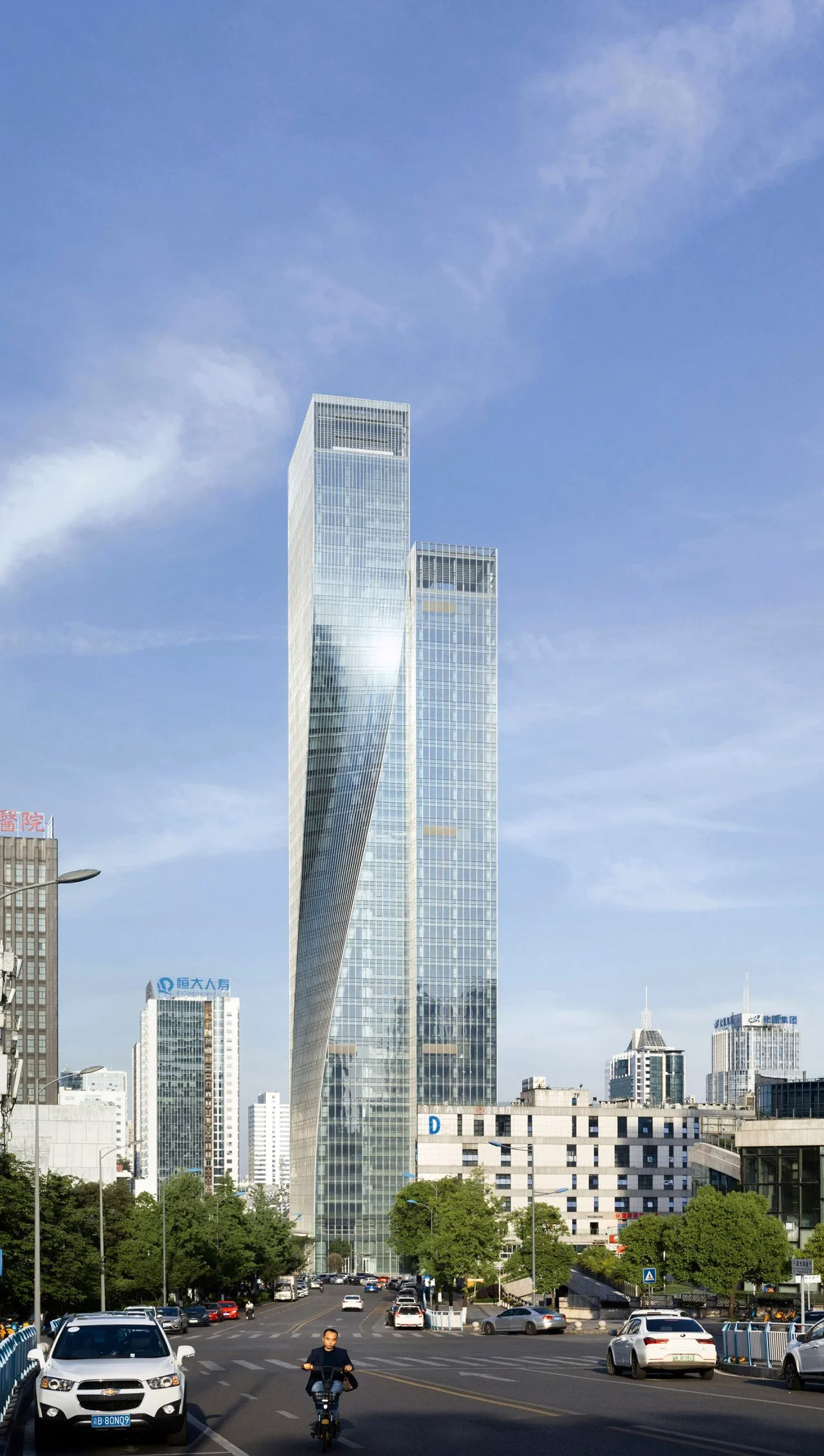
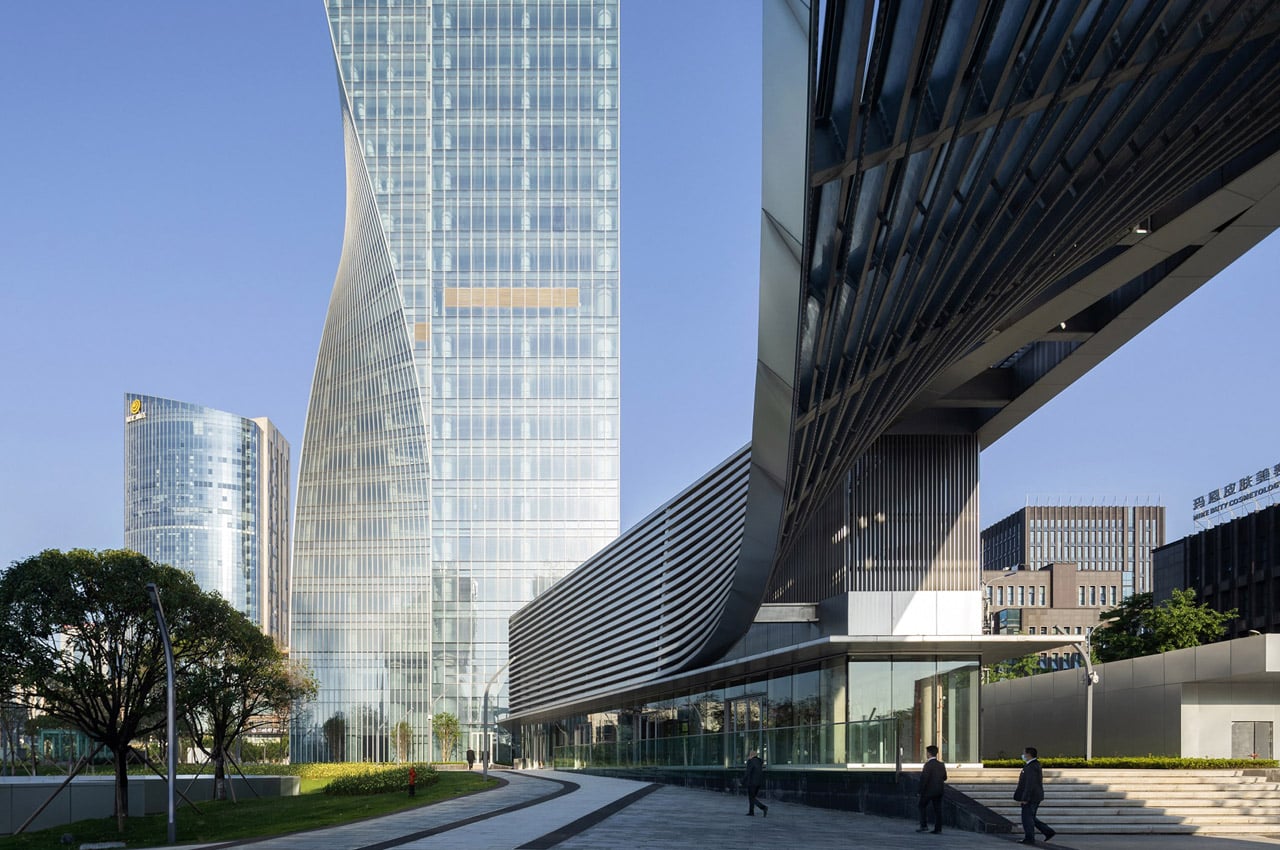
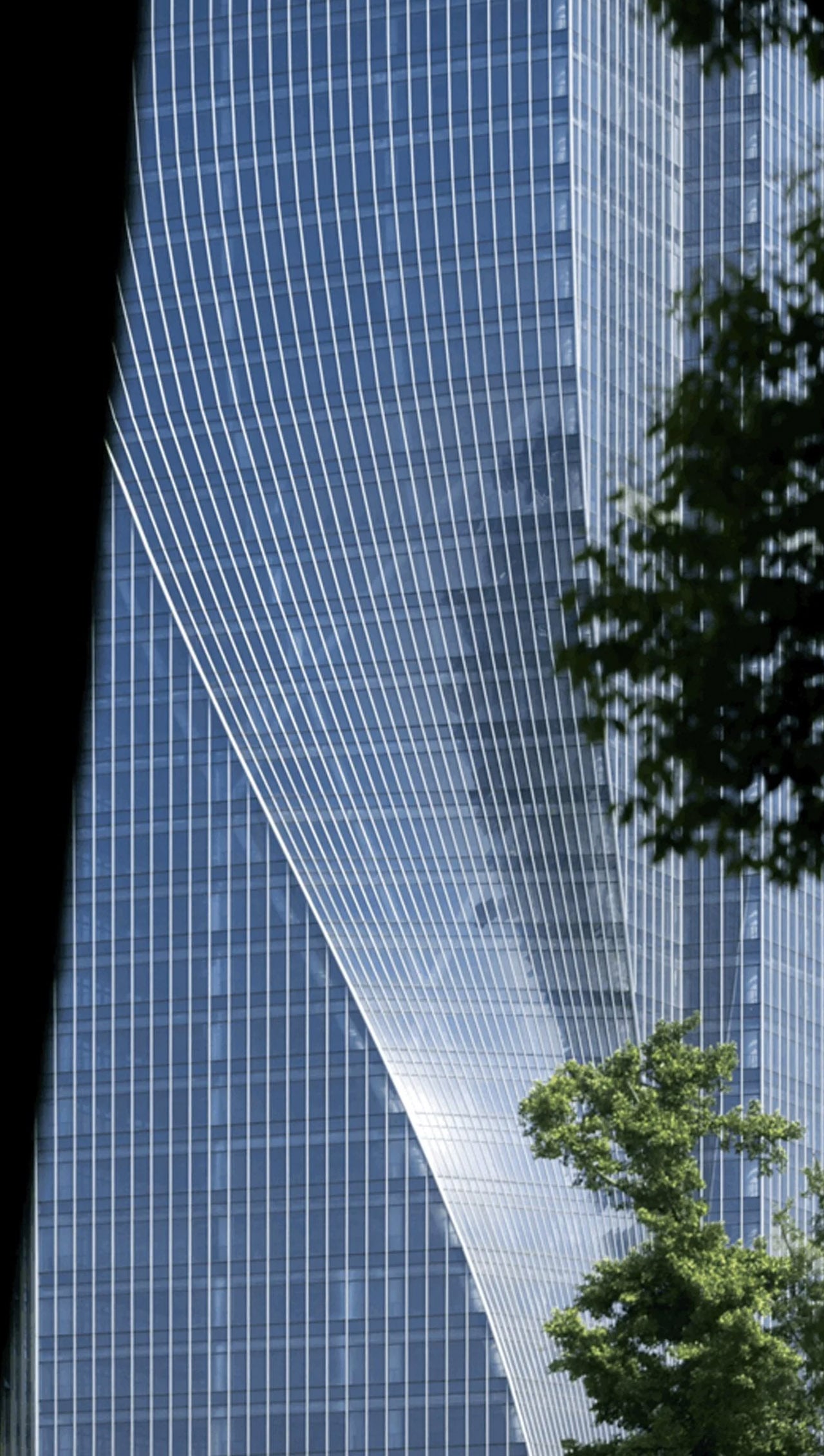
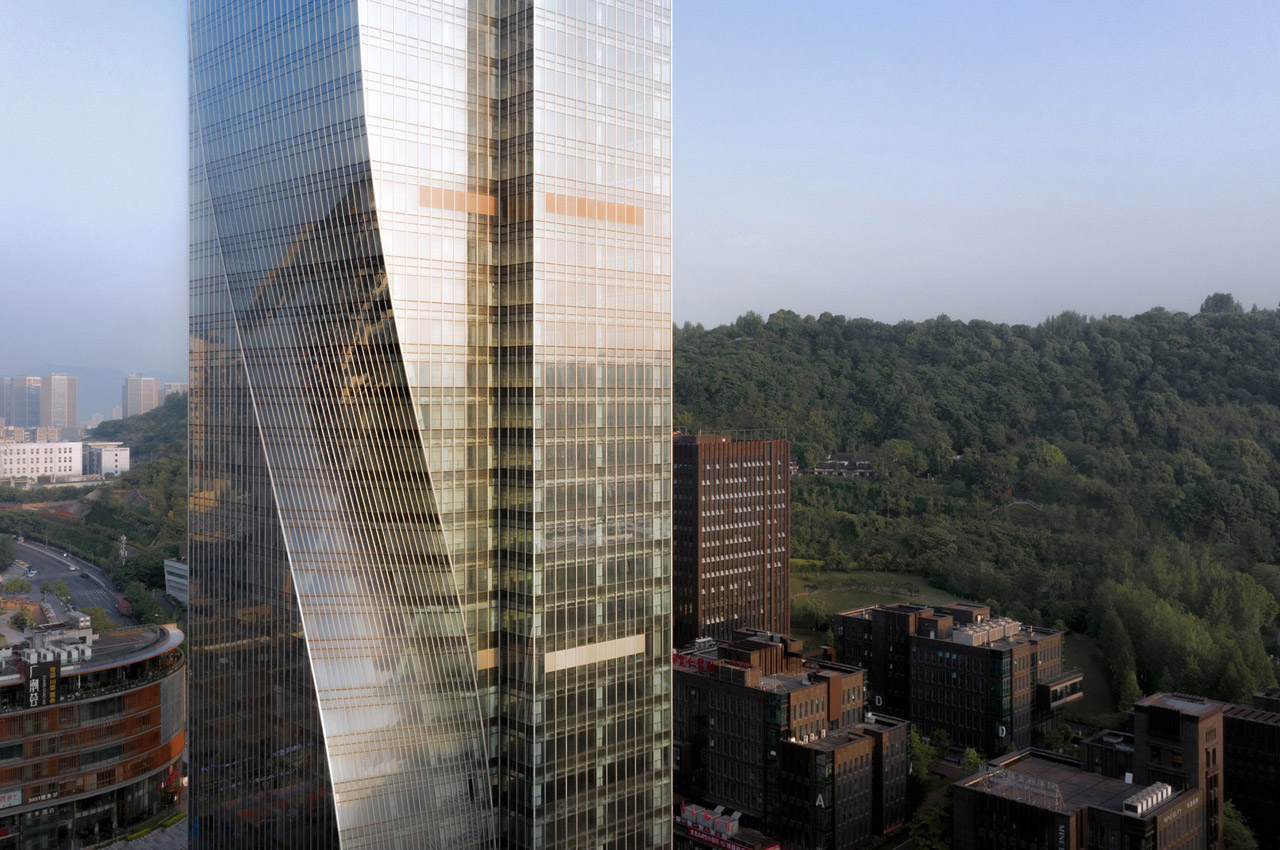
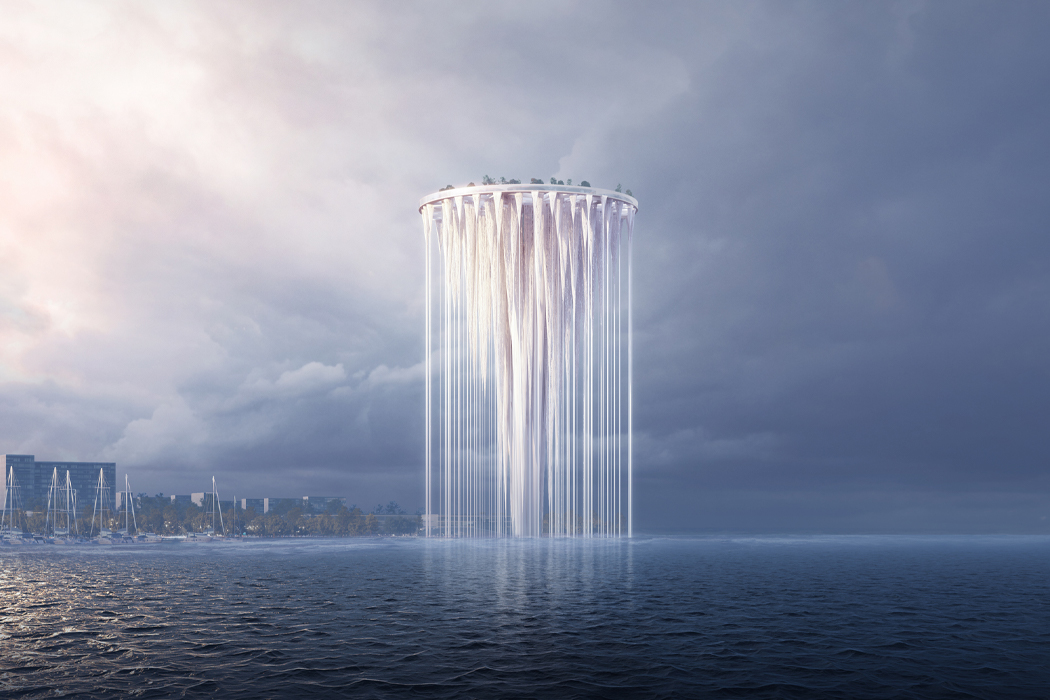
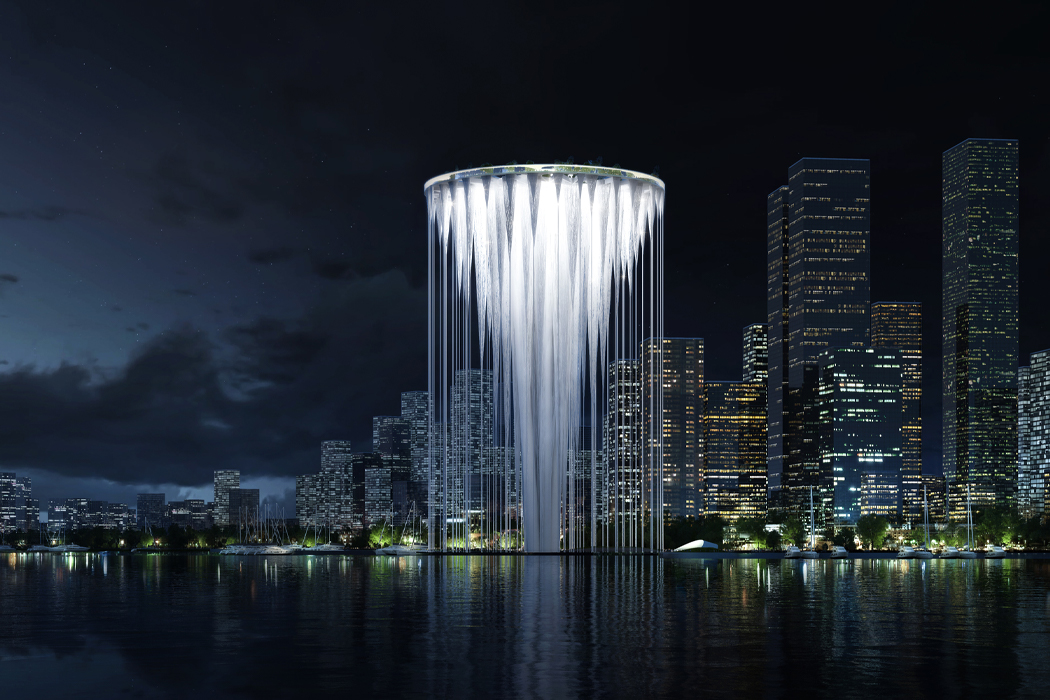
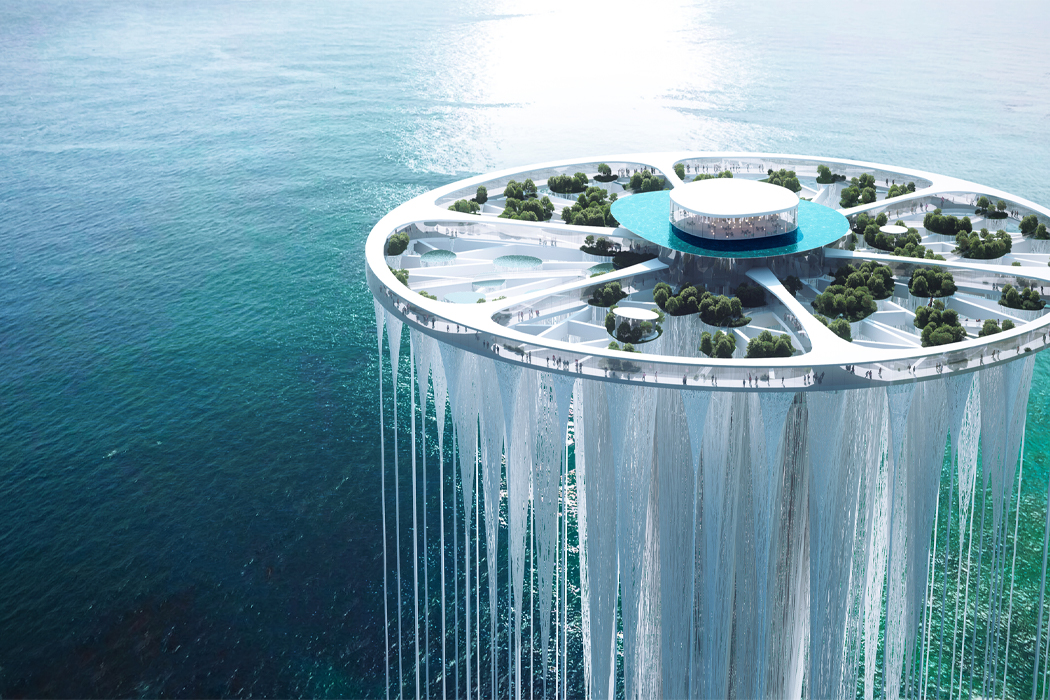
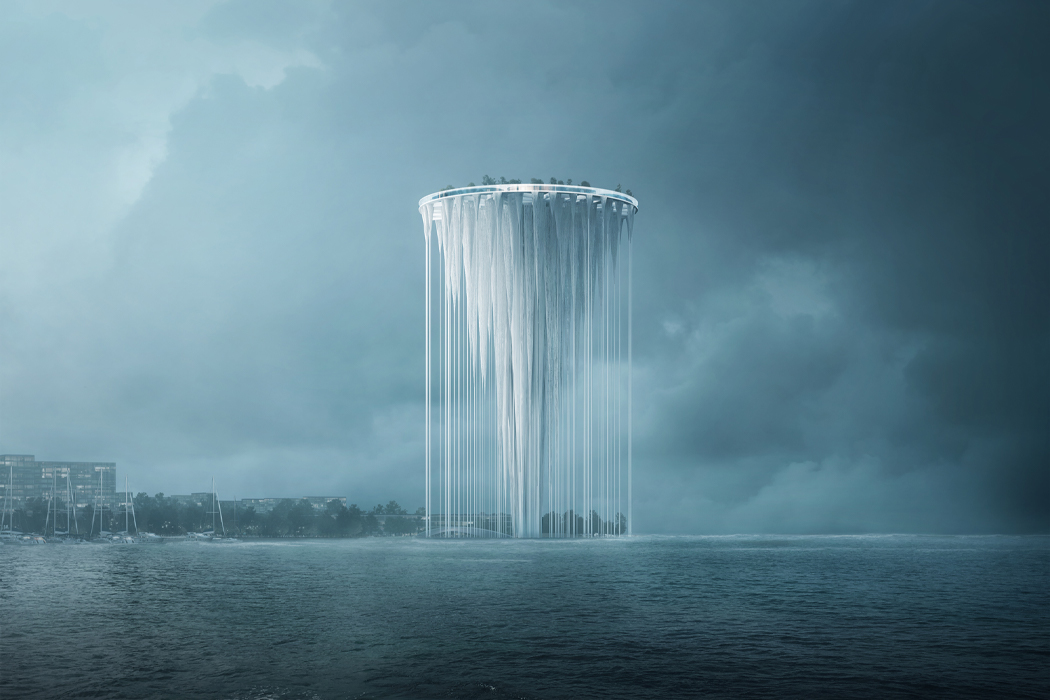
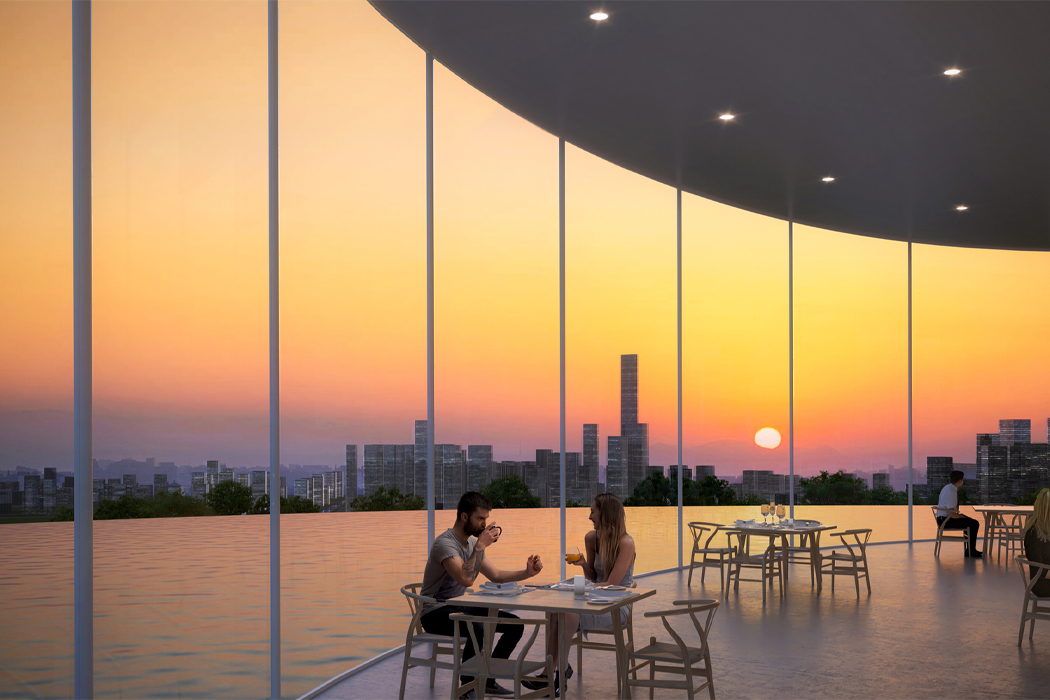
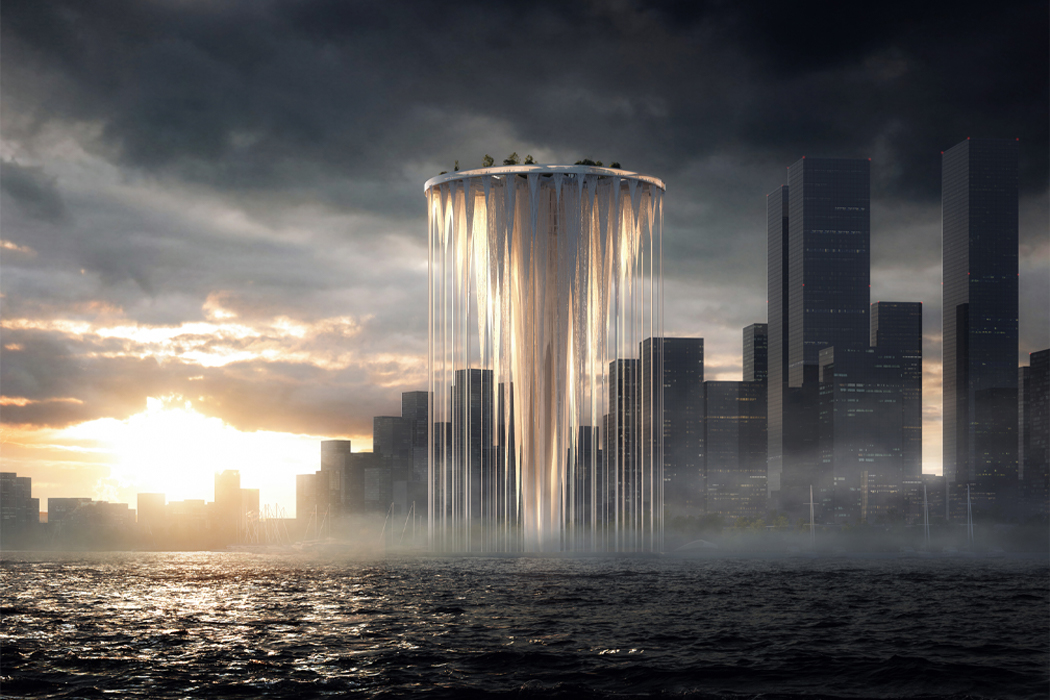
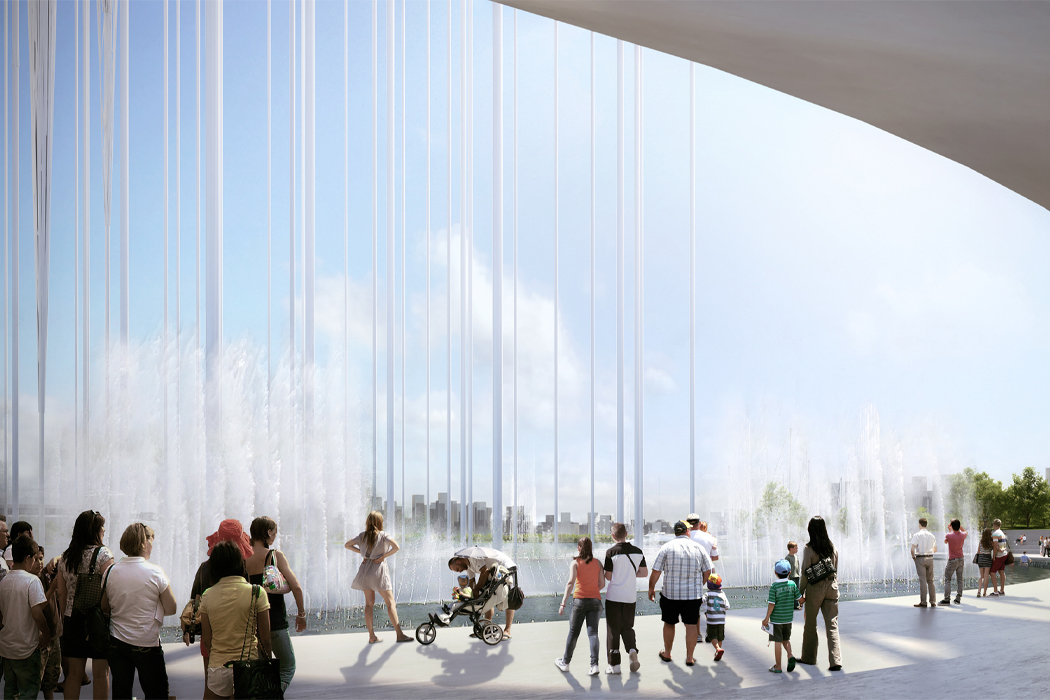
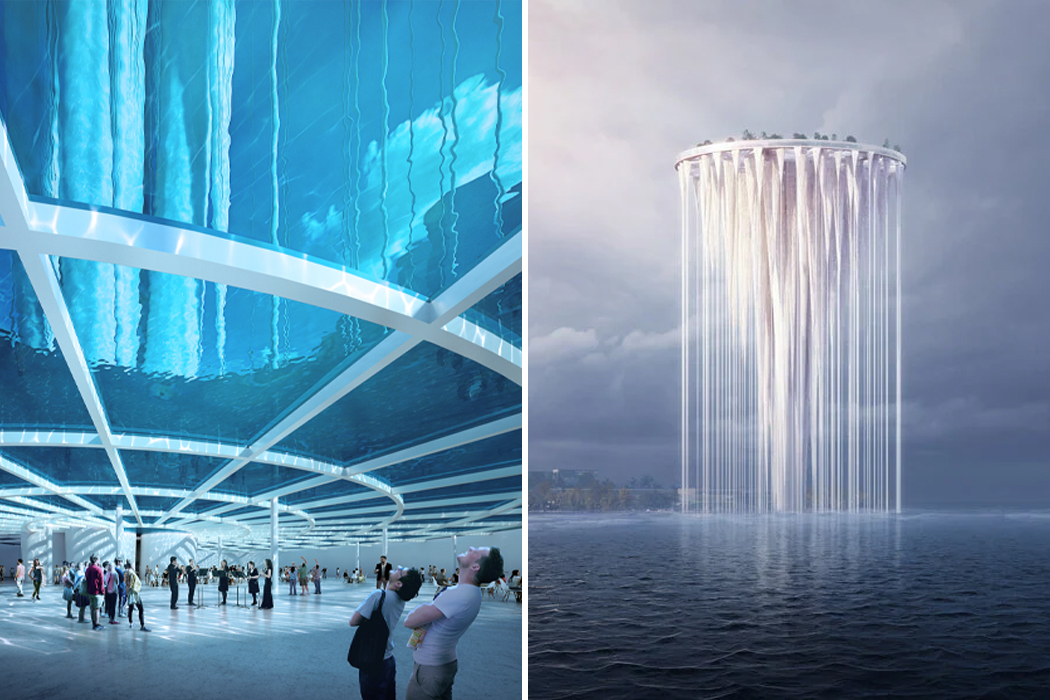
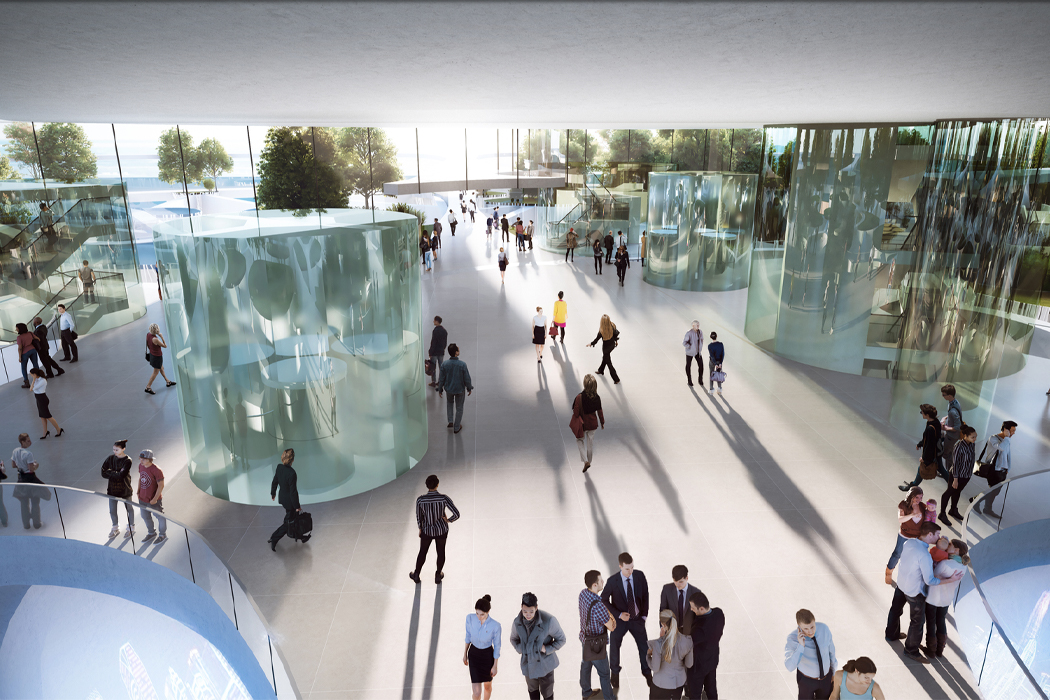
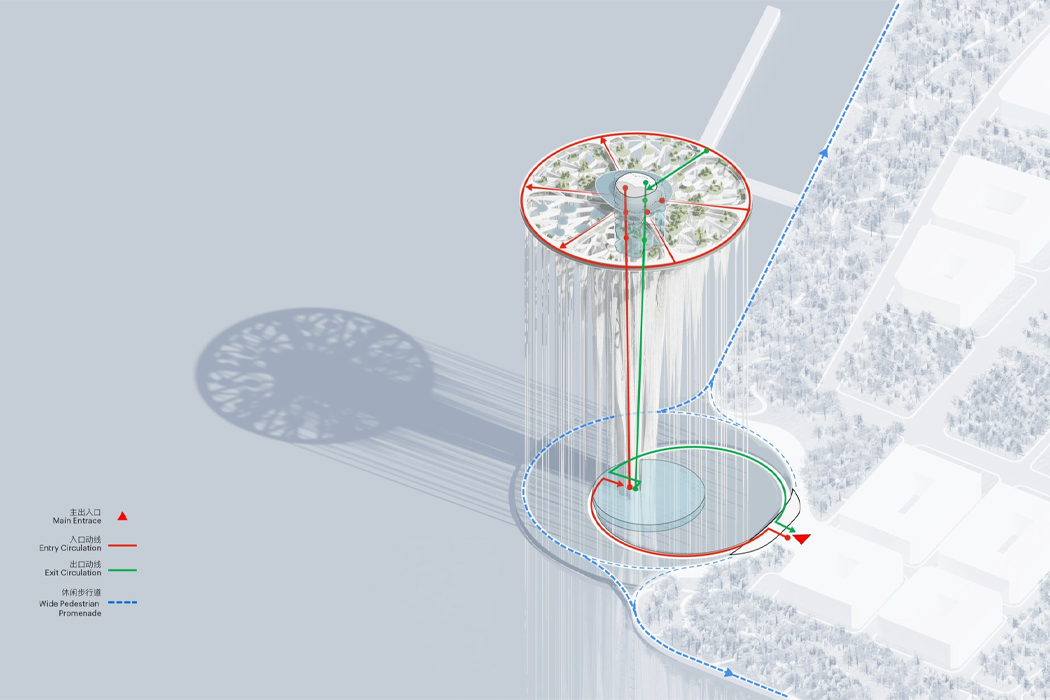
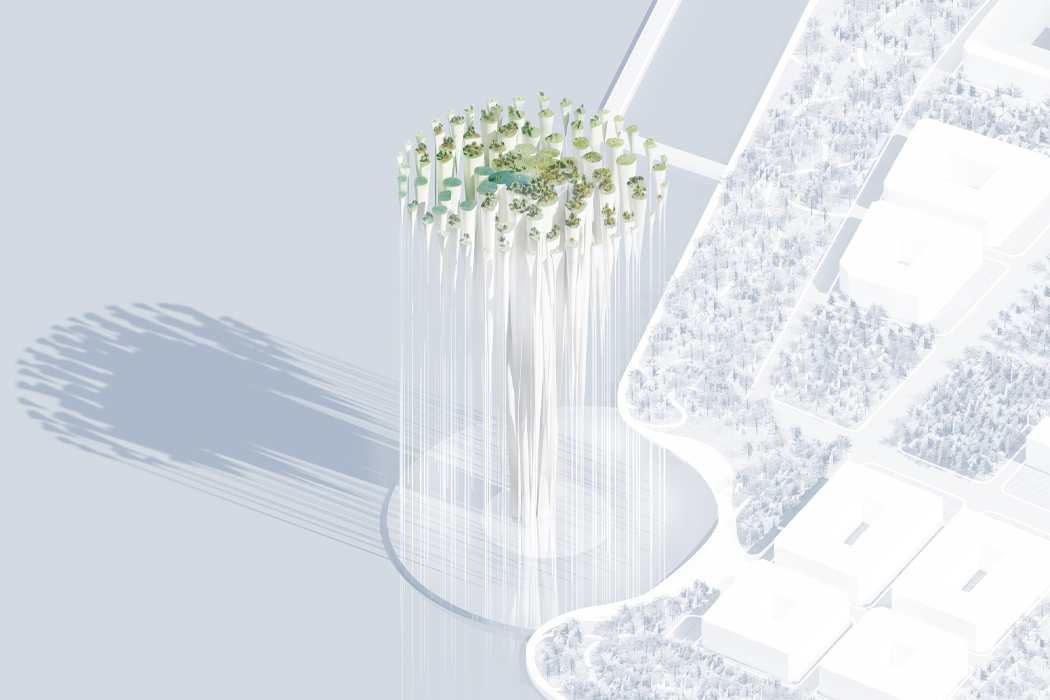
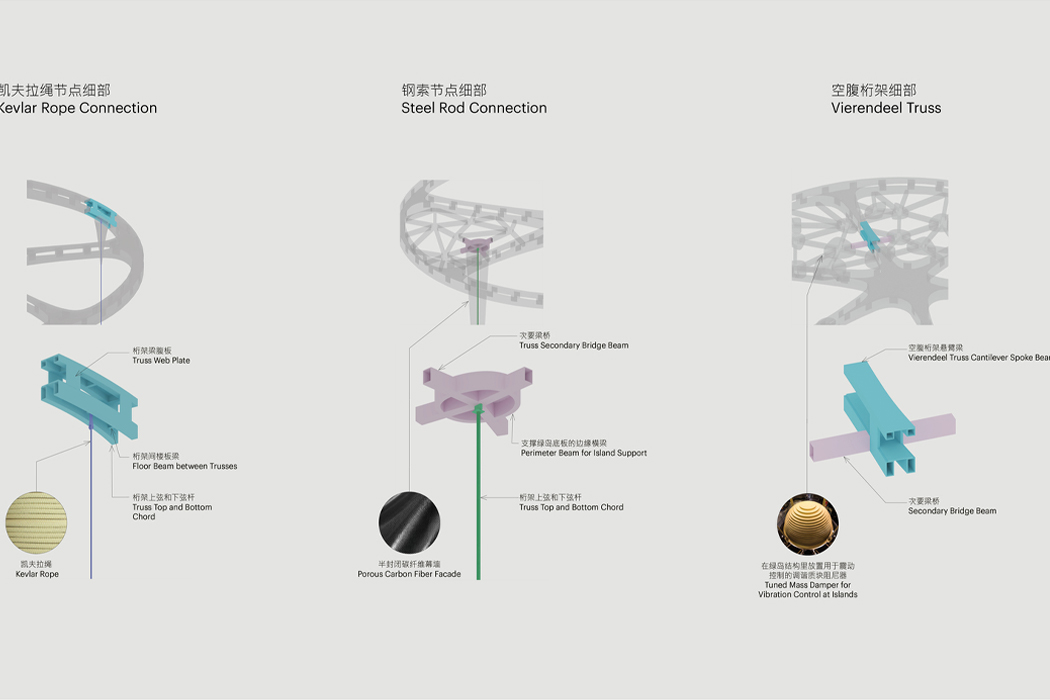
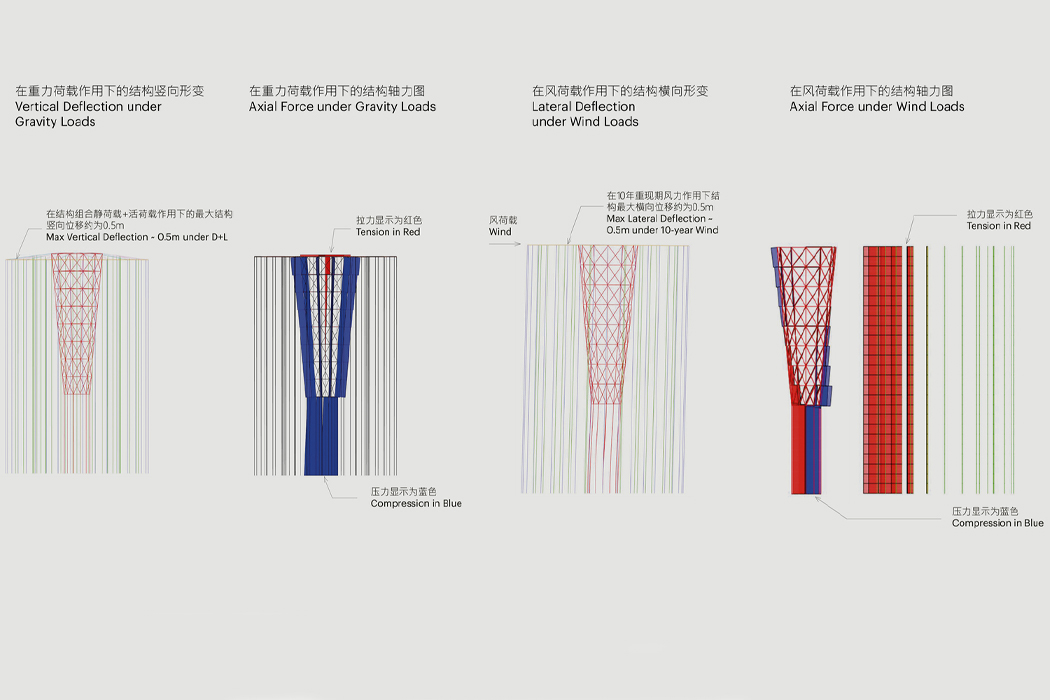
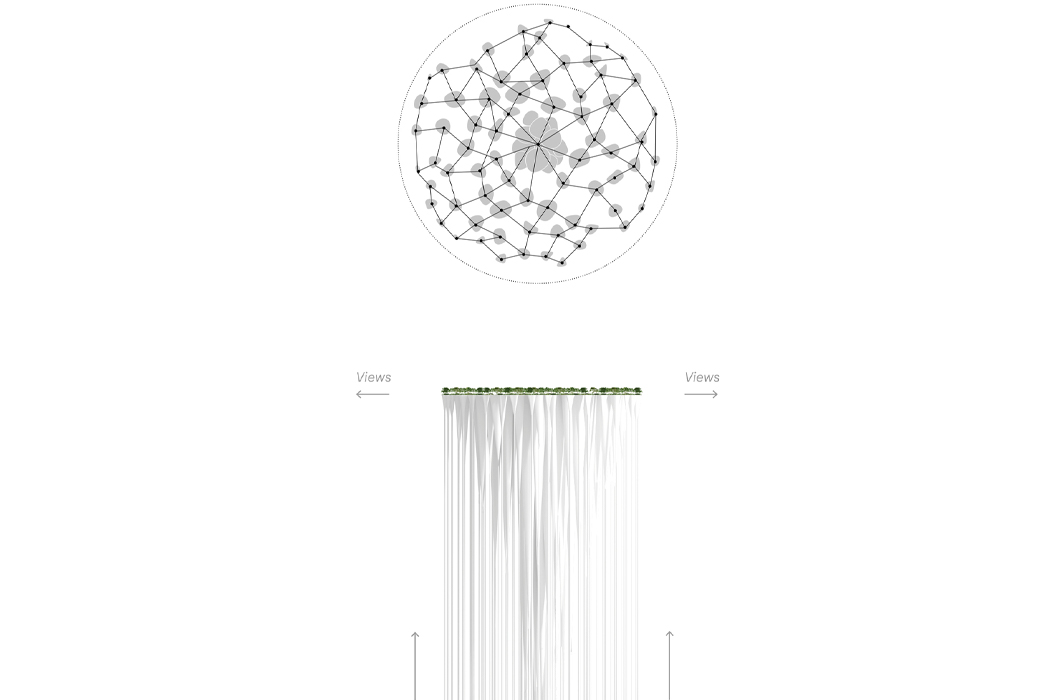
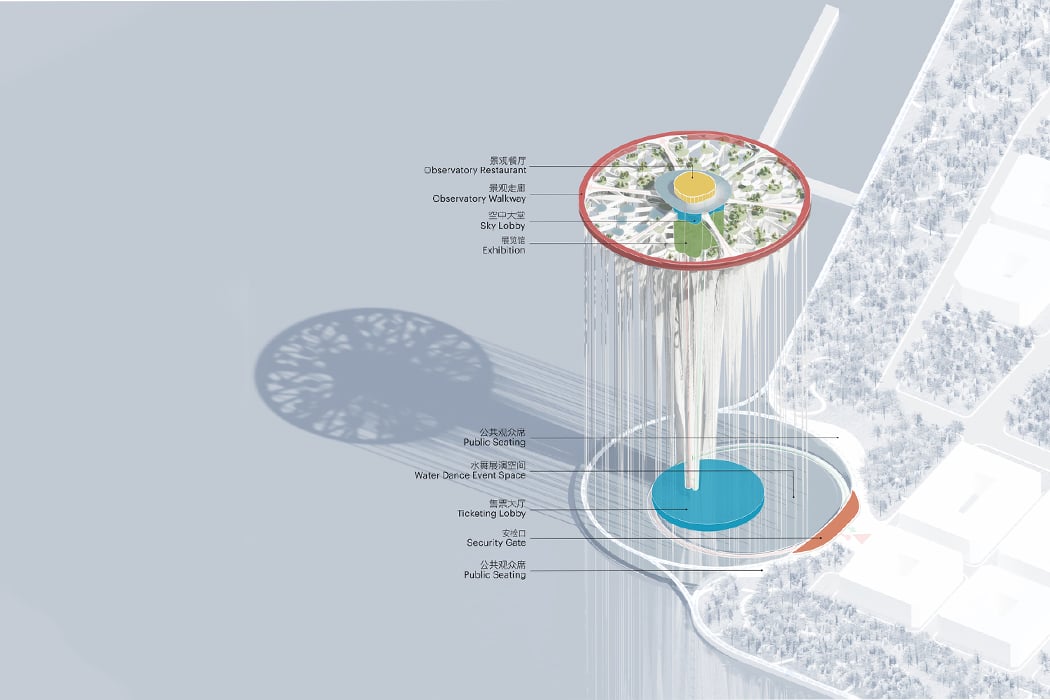
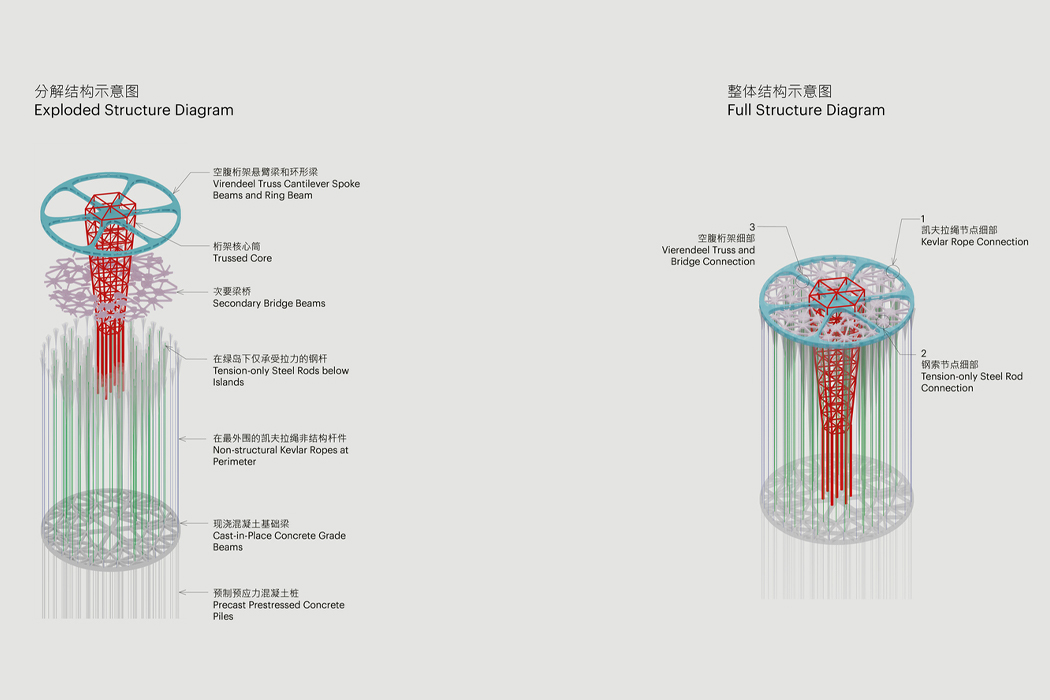
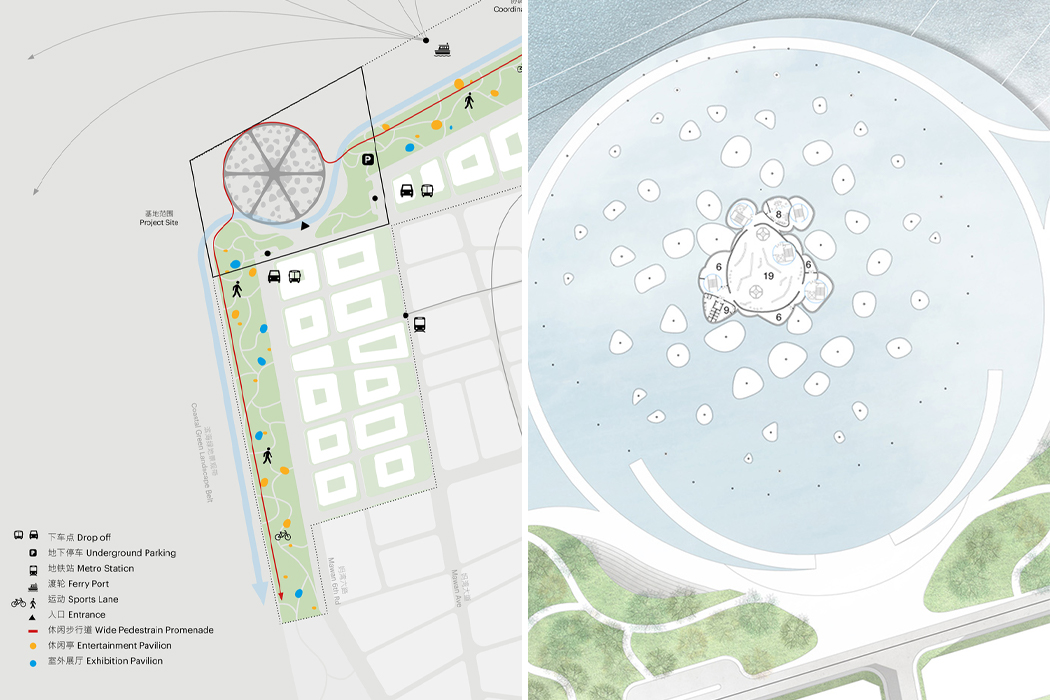
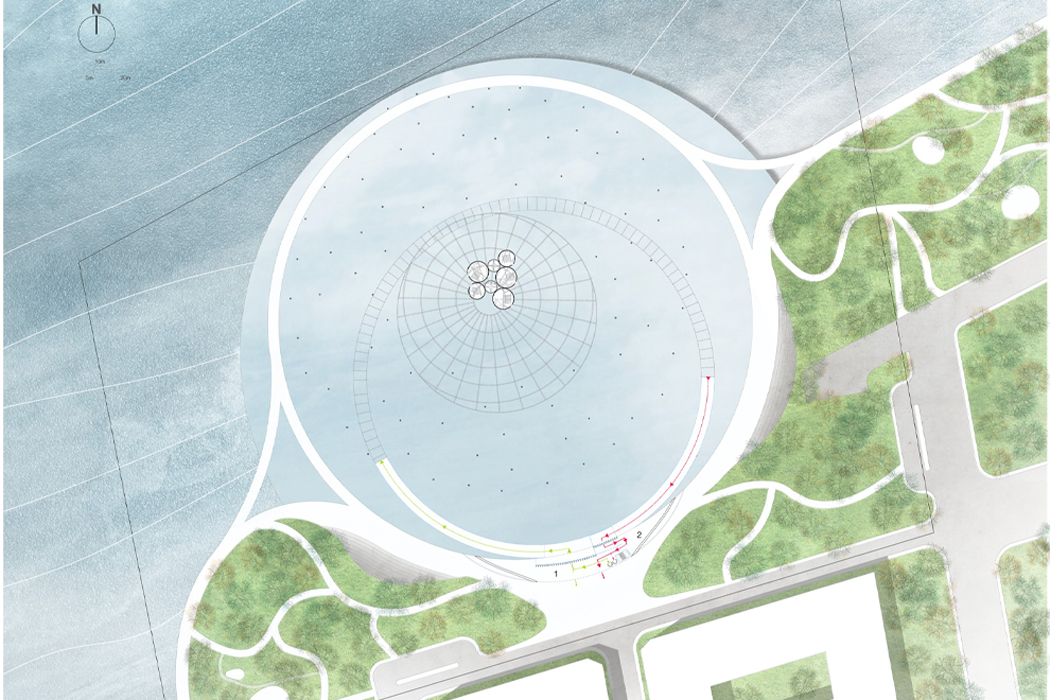
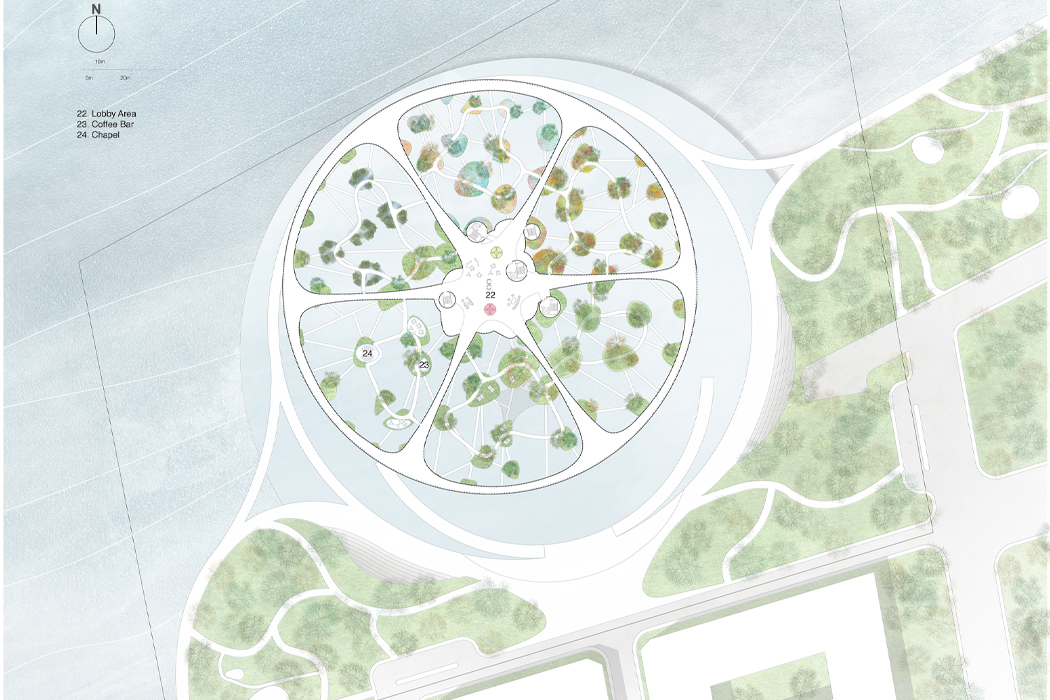
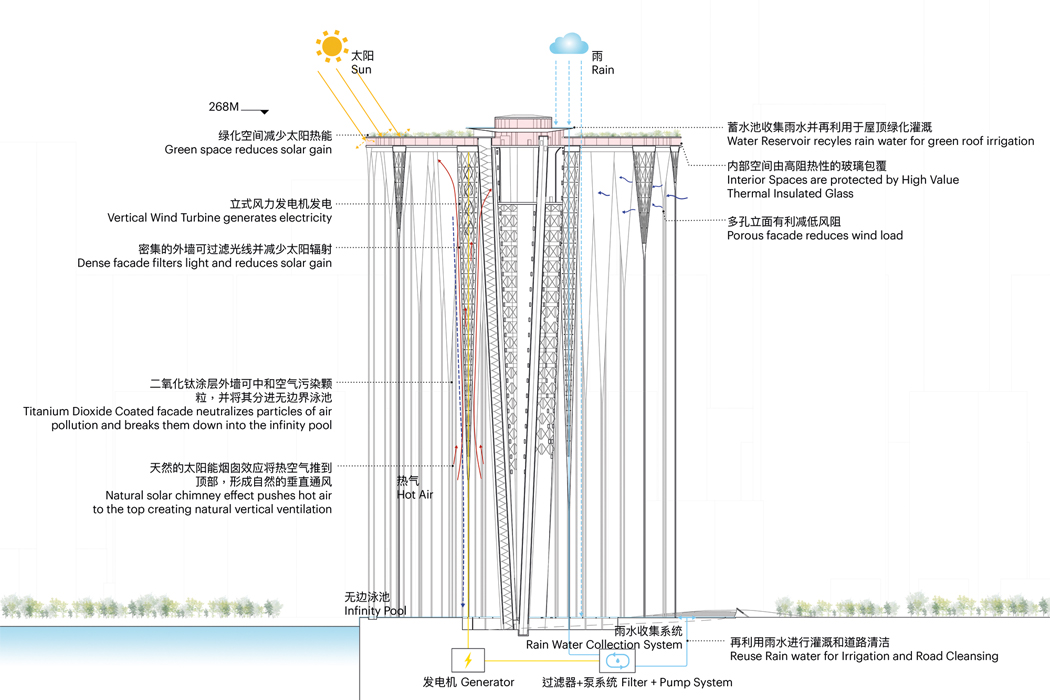
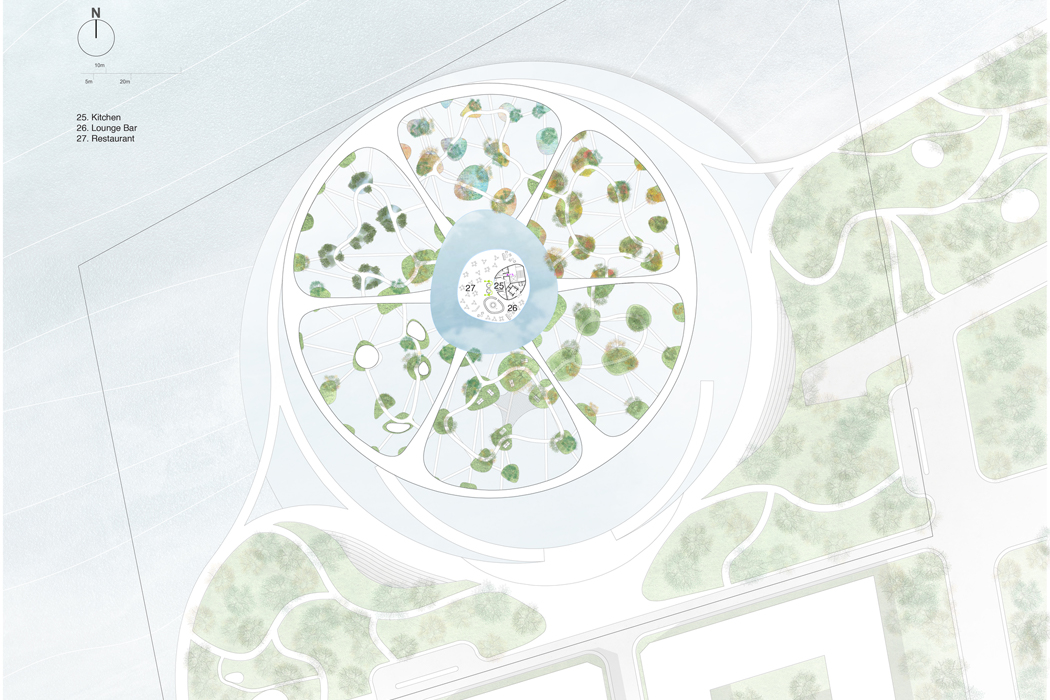
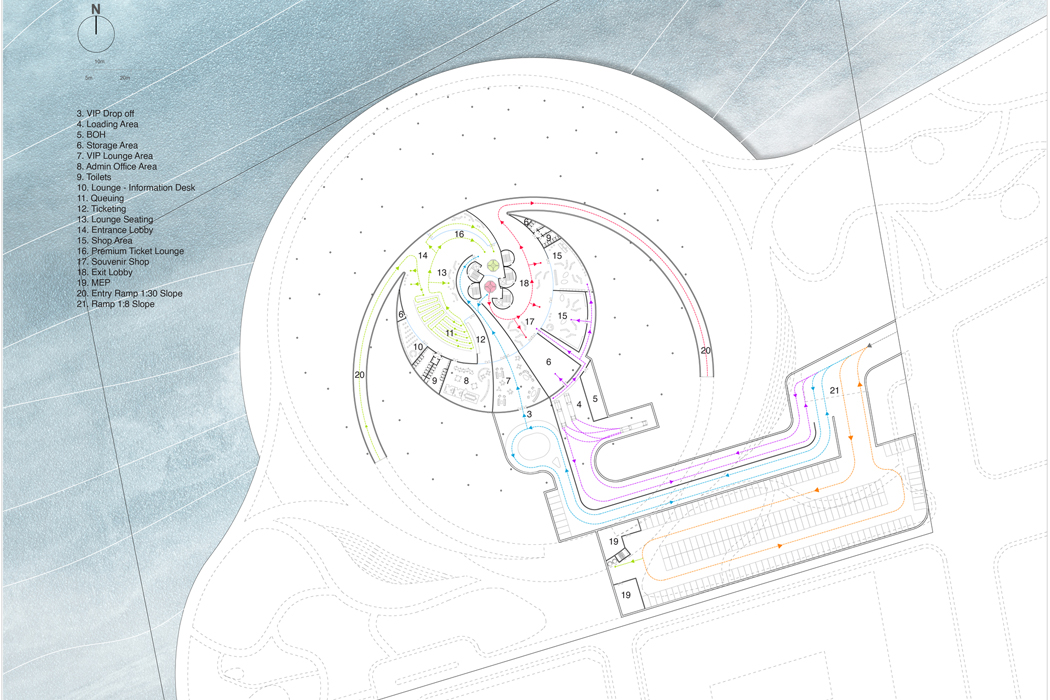
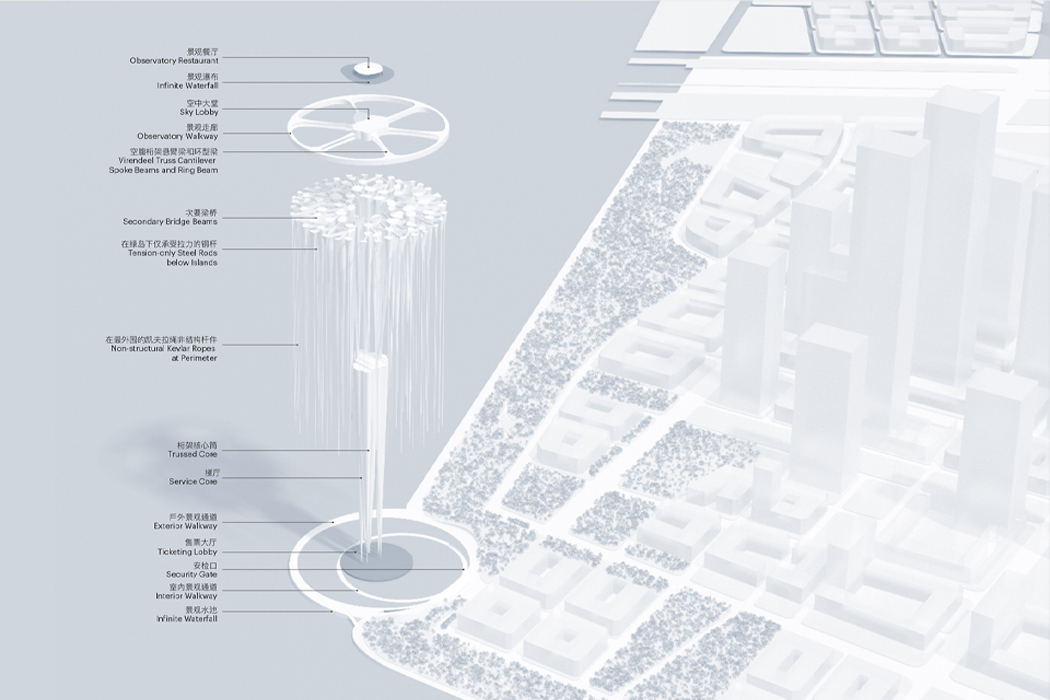










 Intel's 10th-generation "Comet Lake" CPUs appear to be just around the corner to take on AMD's Ryzen chips, according to a new YouTube video from Dell. It show's the company's latest XPS Tower desktop computers equipped with 10th-generation Intel Cor...
Intel's 10th-generation "Comet Lake" CPUs appear to be just around the corner to take on AMD's Ryzen chips, according to a new YouTube video from Dell. It show's the company's latest XPS Tower desktop computers equipped with 10th-generation Intel Cor...
 OtterBox has a solution to limited battery life. Today, the company revealed OtterSpot, its Qi wireless charging power bank, and stackable batteries. The OtterSpot Charging Base looks a bit like a thin hockey puck. It's designed to be stackable, mean...
OtterBox has a solution to limited battery life. Today, the company revealed OtterSpot, its Qi wireless charging power bank, and stackable batteries. The OtterSpot Charging Base looks a bit like a thin hockey puck. It's designed to be stackable, mean...